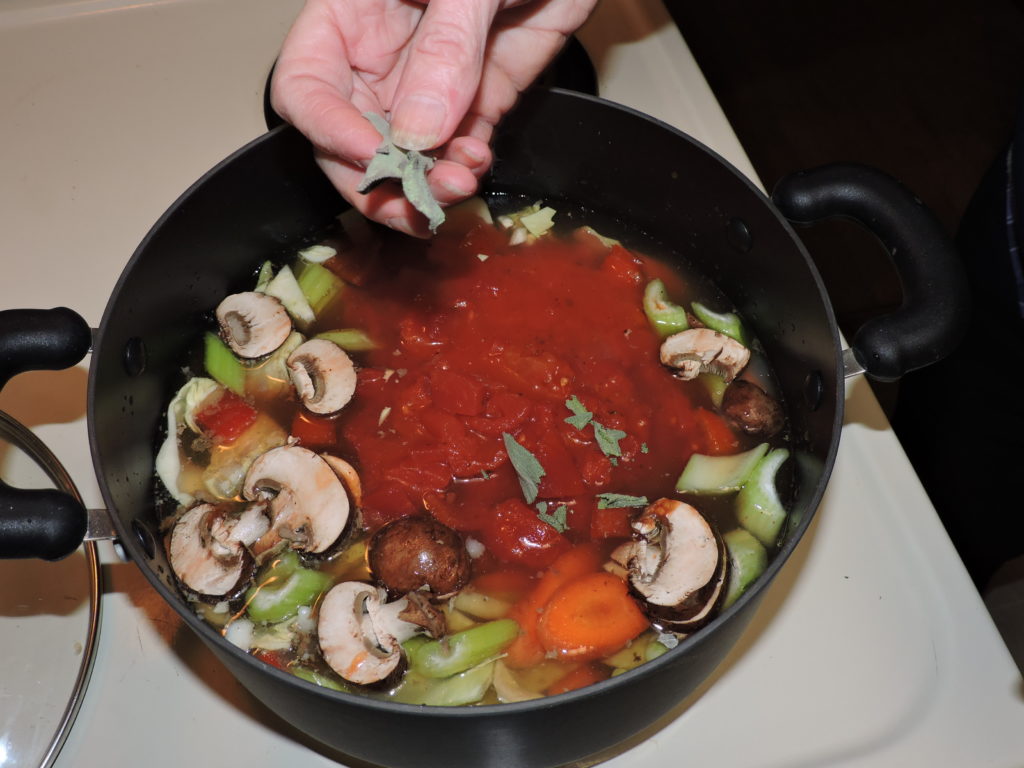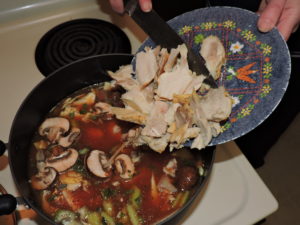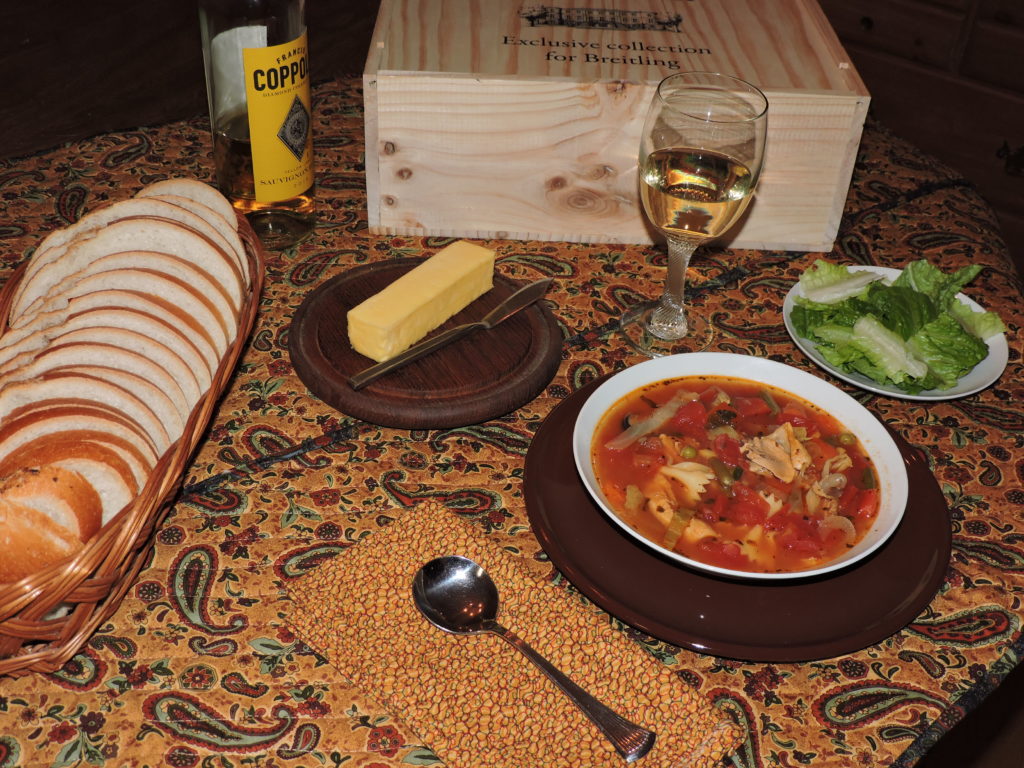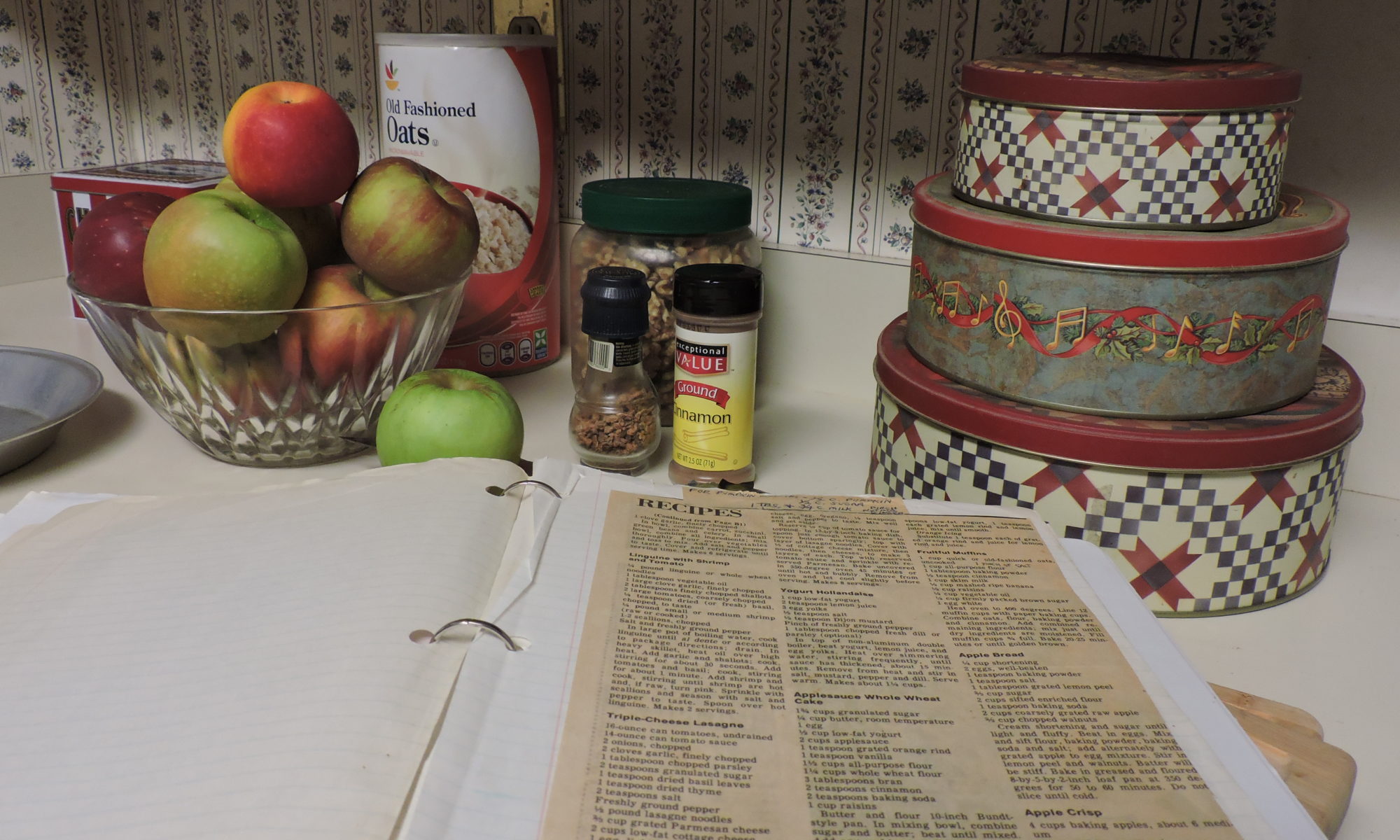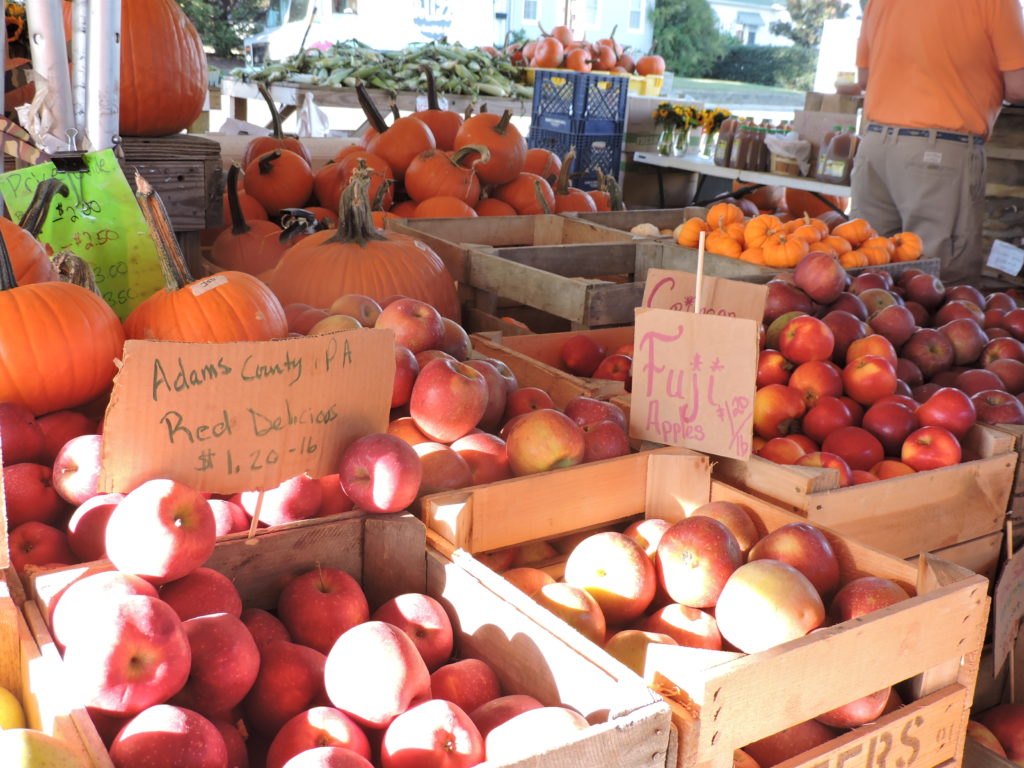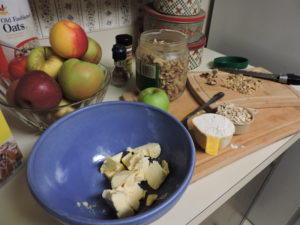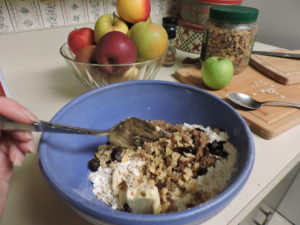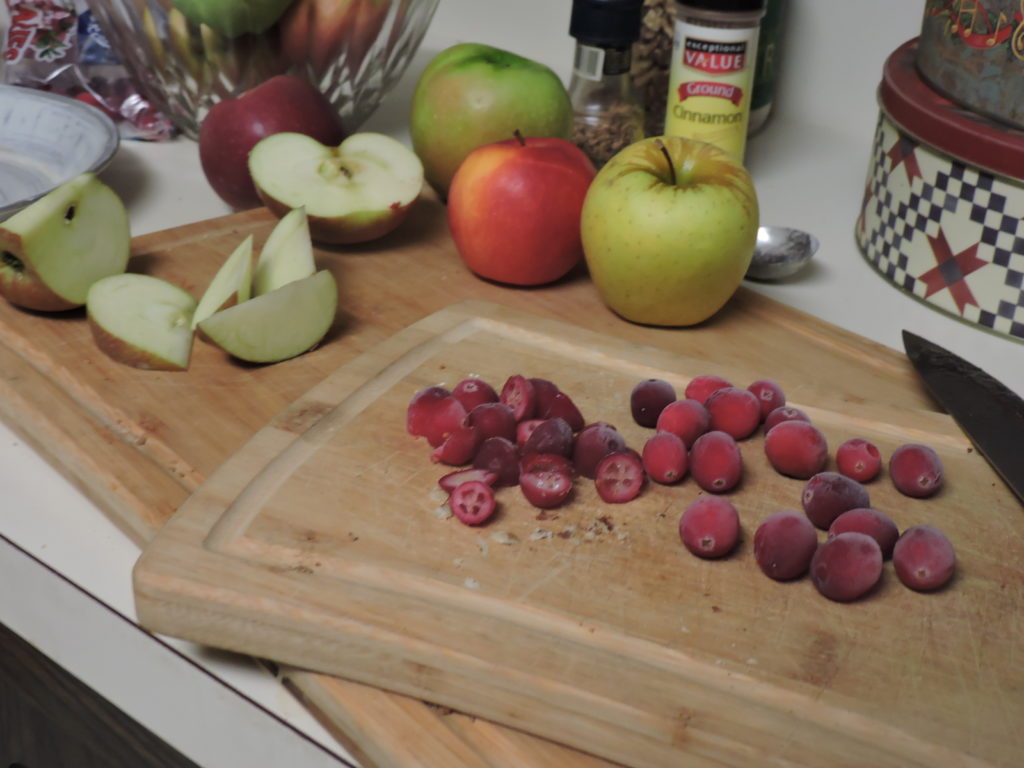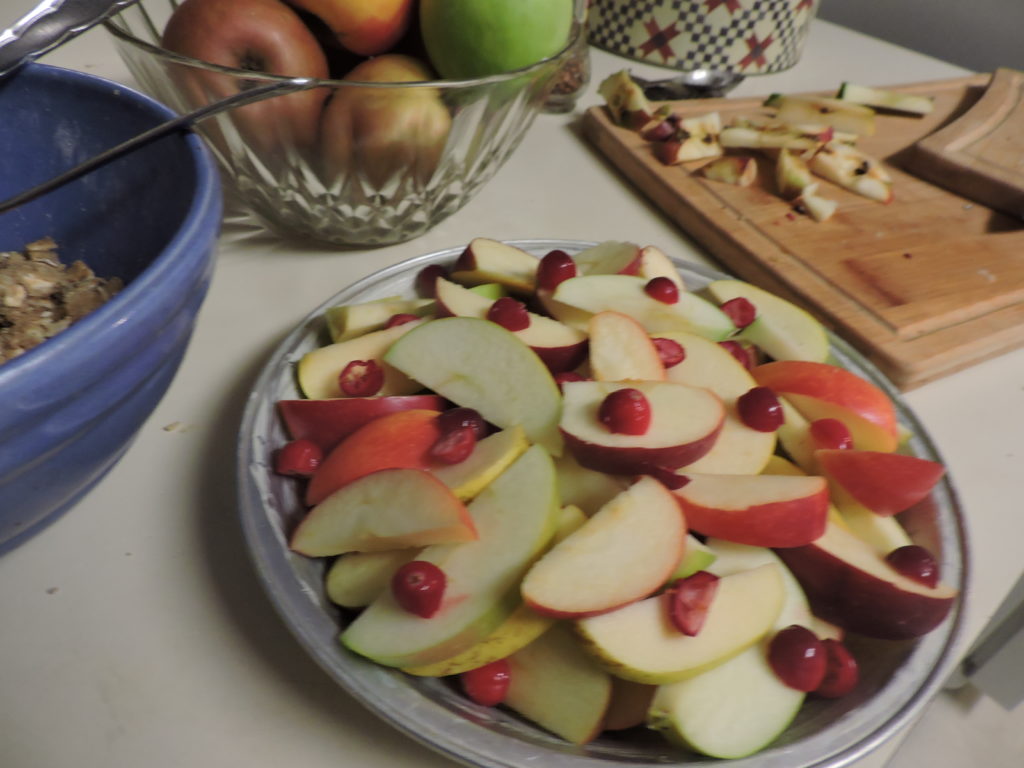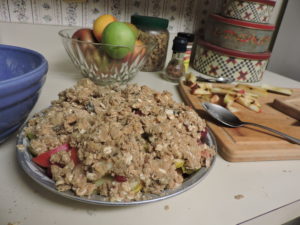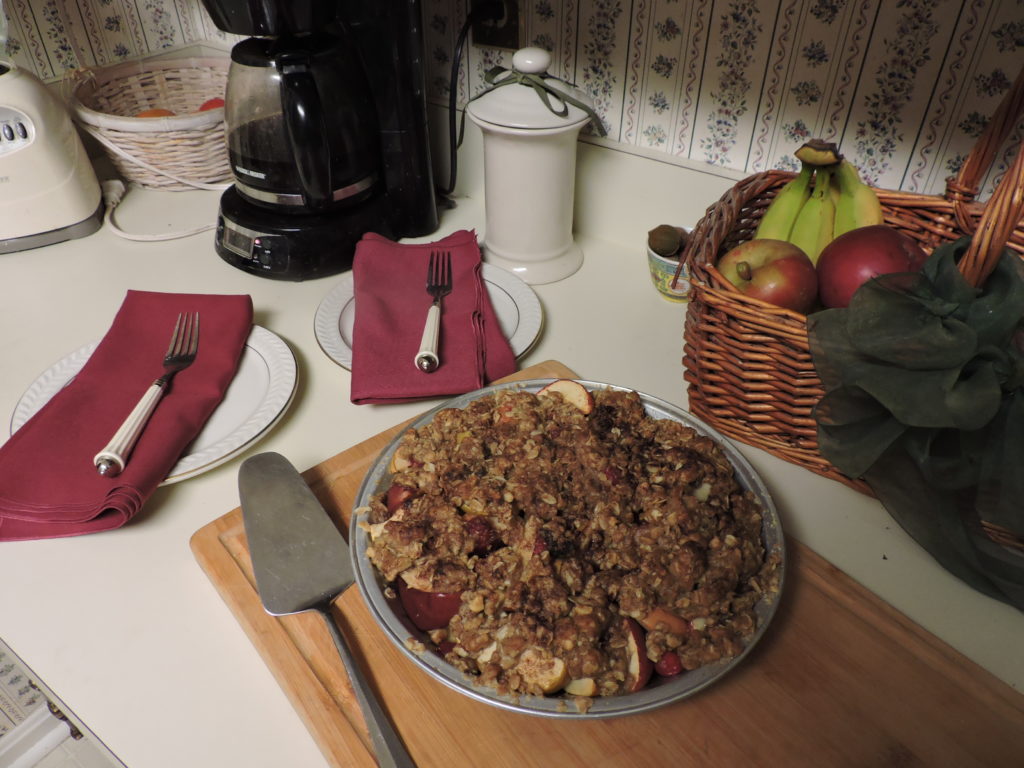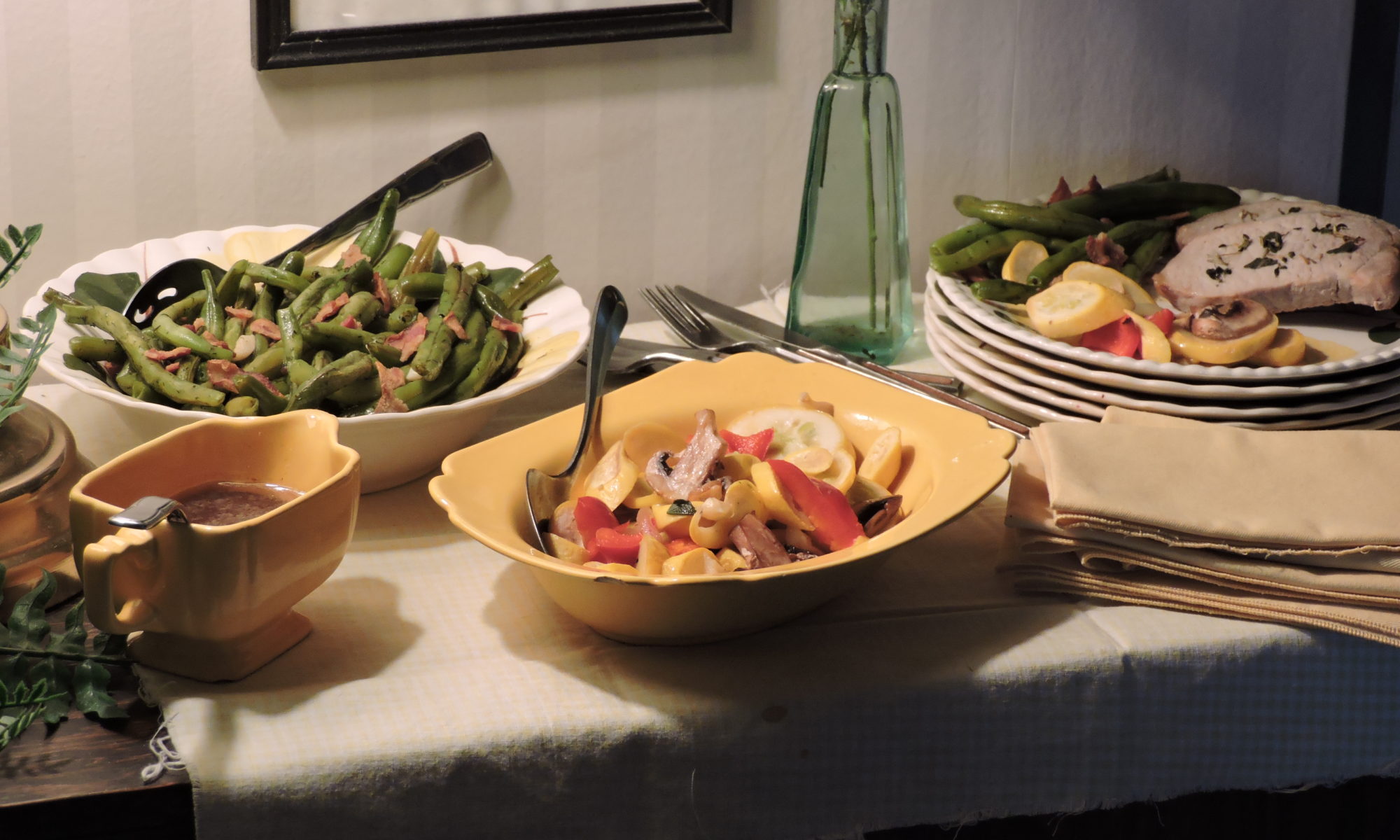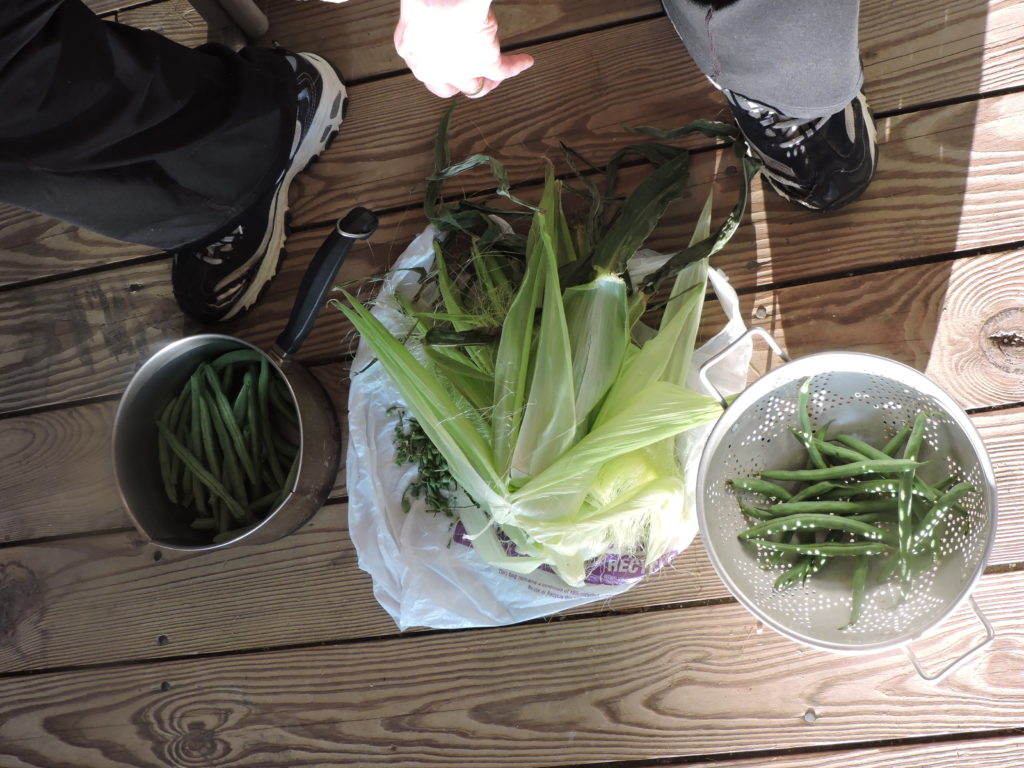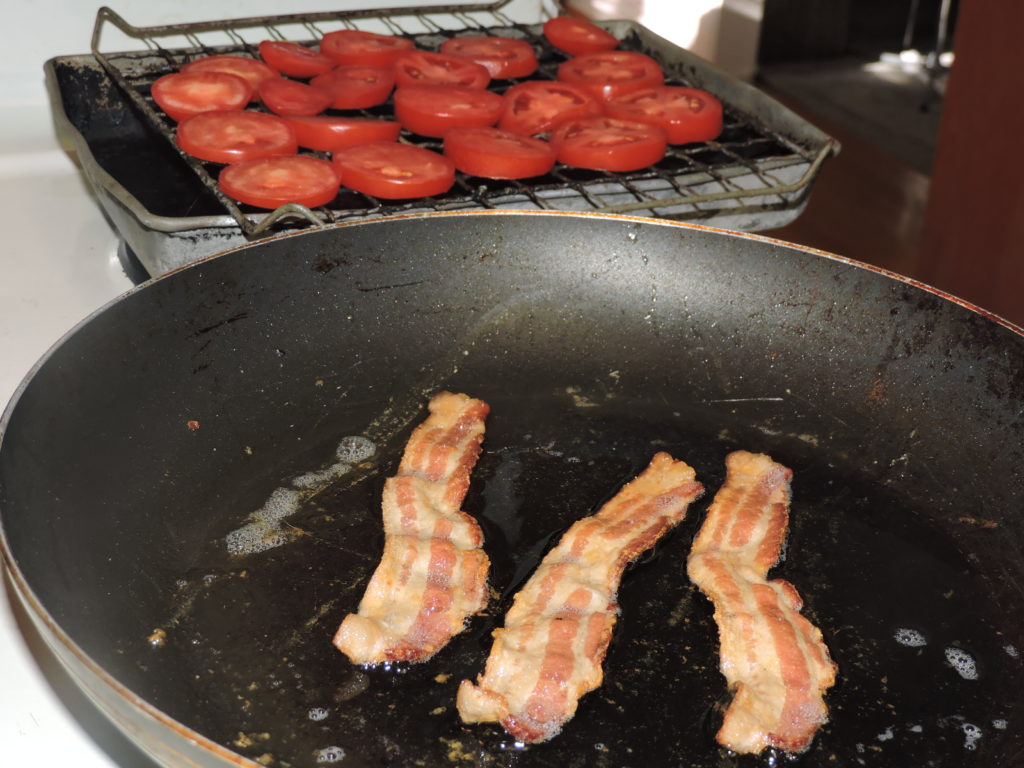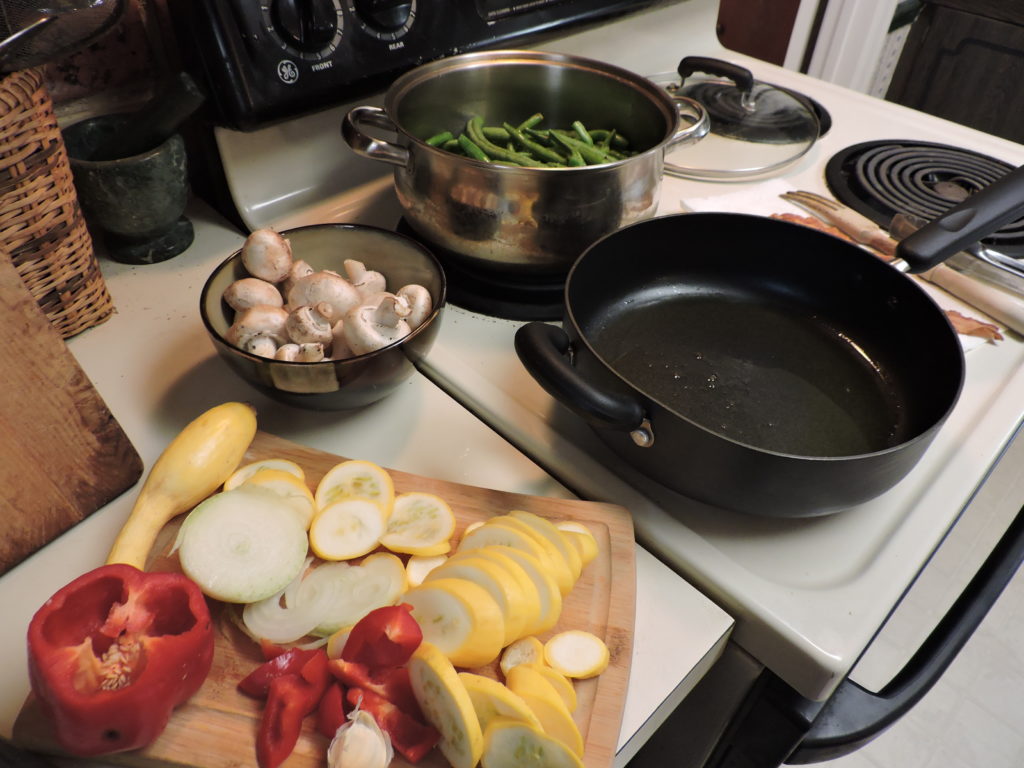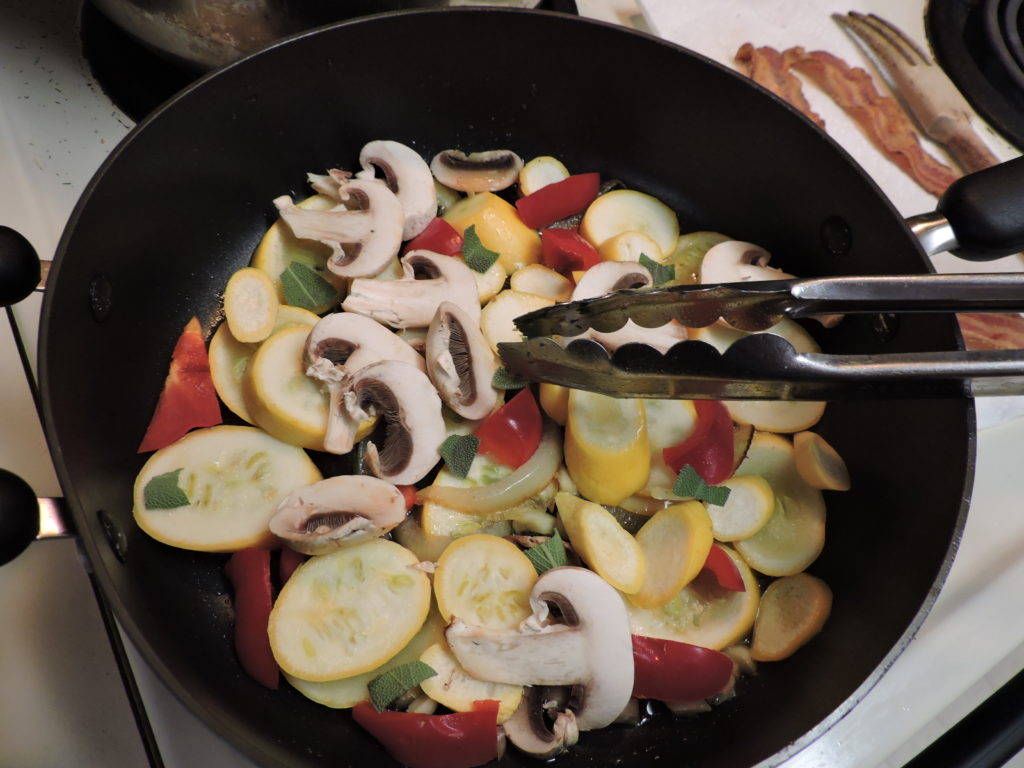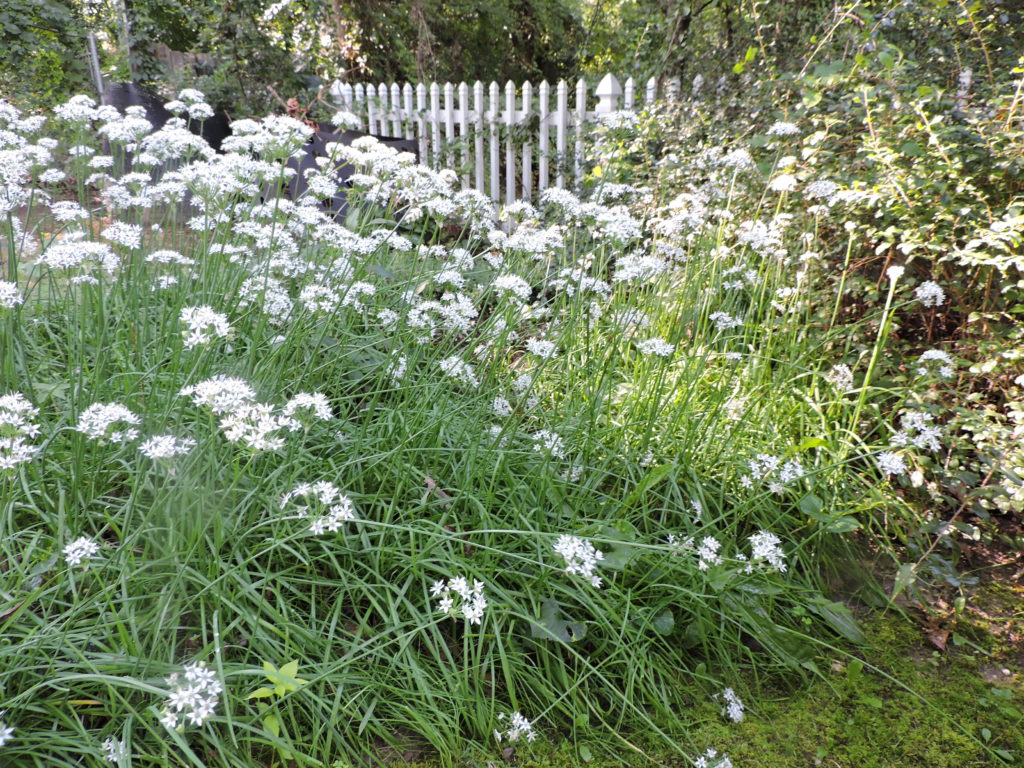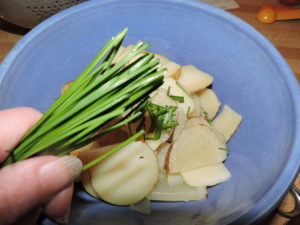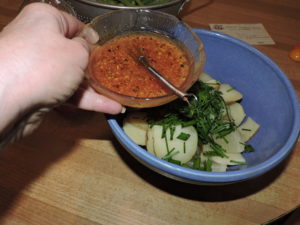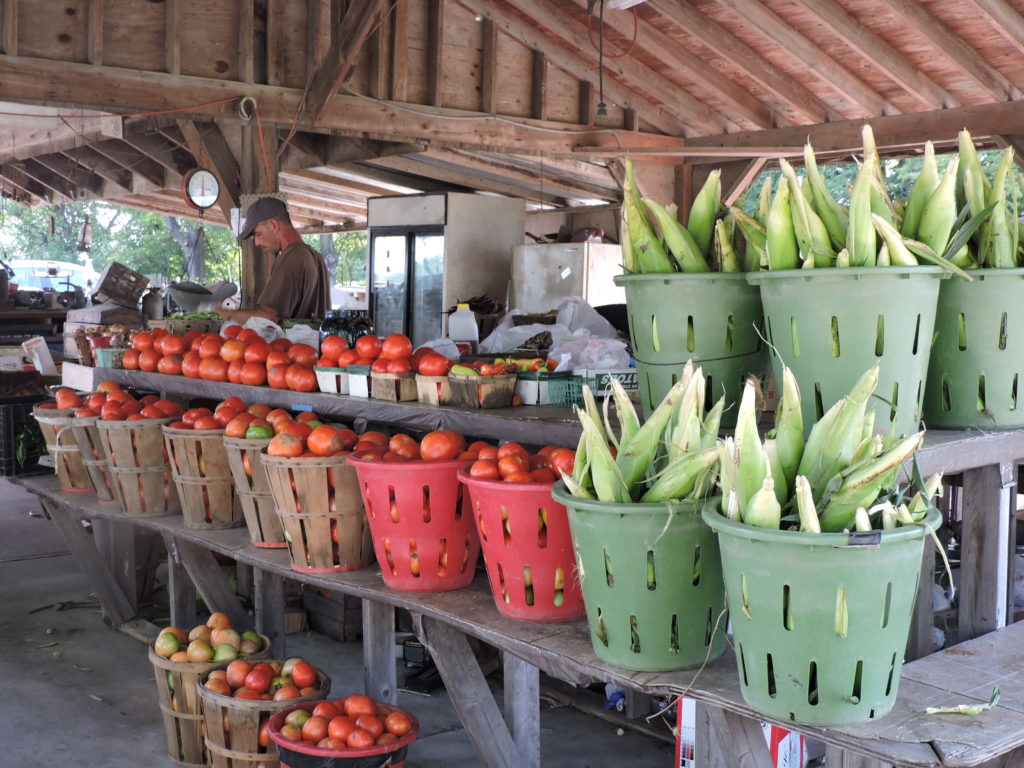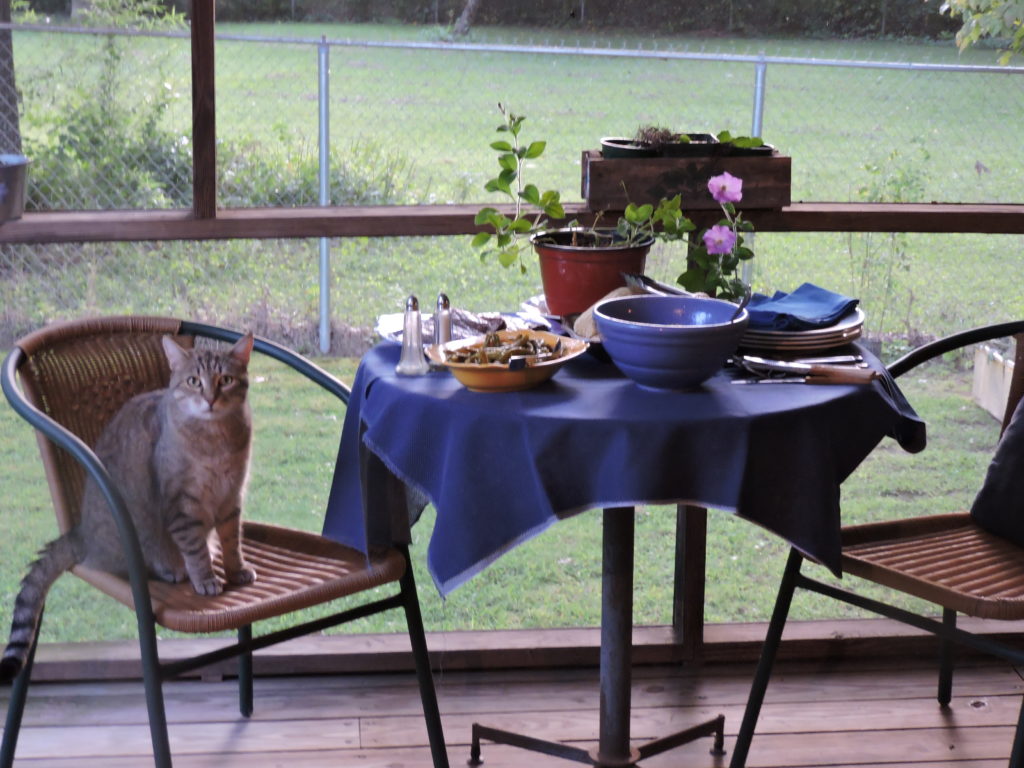AROUND THE PARK AGAIN by Sharon Lee Tegler
After almost a year of being closed because of the COVID pandemic, opening day for Anne Arundel County Public Schools was bound to present some problems. But, nowhere were the challenges more difficult than those stemming from a shortage of school bus drivers. For the transportation specialists tasked with scheduling the buses, problems became evident a few days before school started when they realized many of the drivers they’d depended on in past years weren’t coming back.
Needless to say, the first day of school was a very long one as transportation staffers scrambled to cover the routes. The lights were coming on as the gate finally closed on the lot in the photos below.

Bob Mosier, Chief Communications Officer for Anne Arundel County Public Schools noted that the routes established for the year didn’t take into account such an extensive shortage of bus drivers.
“We really didn’t have a really good handle on the situation until right before school started because we contract out the vast majority of our buses.” Mosier said. “We, at ACCPS, only operate about 55 buses. Contractors handle 600 routes. Since the contractors’ drivers don’t usually come back to school until after the teachers do, we weren’t aware of the extent of the problem. That being said, Superintendent Arlotto has been clear that we should have insisted on having better data regarding the impact of the driver shortage earlier than we did so we could communicate it to the families.”
The contractors were equally caught off-guard. According to Yvonne Keating of Smith Bus Company, with offices in Annapolis and Odenton, many of their baby boom-generation drivers decided now was a good time to retire for good. In addition to outside competition for drivers, they found competition for drivers among contractors.
For parents, it was good to see those bright yellow school buses again rolling across neighborhoods. However, there was confusion about whether their children would be picked up or not. Anne Arundel County Public Schools had doubled the number of routes each driver covered but problems persisted.

The administrators and transportation specialists worked the problem in coordination with the contractors. Things settled down as more routes were covered. Even office managers, who are required to have CDL licenses in case drivers are out sick, were pressed into service. Still, some buses were crowded.
They were making progress when a new problem cropped up. A few drivers came into contact with students who tested positive for COVID and had to self-quarantine. It seemed, for every step forward, there was a step back.
Mosier believes there is no easy fix for what is a nationwide problem. He cites three main causes, the first being market forces. Competing with Amazon, UPS and FedEx or trucking companies (all of which increased their businesses dramatically during the pandemic) for drivers has proven difficult.
“If you have a choice of Option A -get up at 4 or 5 am, go drive four bus routes, go home in the afternoon and then come back and do it all over again – or you can choose Option B – to drive for a guaranteed number of hours for a company that will pay you two or three times as much as you’d make as a school bus driver and offer you a handsome signing bonus – what choice are you going to make?, Mosier asks.
The second problem – finding and getting new drivers trained and licensed quickly – has been equally challenging. Governor Hogan has taken a step toward streamlining the licensing process by getting the Motor Vehicle Administration offices across the state to set aside times exclusively for school bus drivers.
Regardless, the training takes time. Smith Bus Company, for example, has three trainers that work with drivers. The process starts with drivers getting a learner’s permit from DMV and going to classes that cover situations like dealing with safety seats and wheel chairs. Even after obtaining their licenses, drivers must report to the Board of Education for nine hours of driving without children onboard.
Moser emphasized that the transportation staffers have implemented all the short-term fixes they can find. They’ve reworked AACPS’ 50 plus routes in order to loan county drivers to the contractors. They’ve worked with both the county and the city of Annapolis to utilize their bus services. (A partnership agreement allows any student over 12 years of age to ride any city or county bus for free to be dropped of at Annapolis or Bates Middle Schools or Annapolis High School.) The city will also loan Anne Arundel County Public Schools two certified CDL licensed drivers to drive the county buses.
“However, none of those short-term fixes produces more drivers. The long term solution to our problem is ‘bodies’,” Mosier said. “By far, the biggest piece of the puzzle is that we need more human beings in seats behind the wheel .”
“Most recently the Board of Education passed a proposal put forth by the superintendent to ask the county for $7.4 million in recurring budgetary money to provide a $5 an hour increase for all school buses drivers and attendants,” he added. “Secondly the superintendent is asking the county for $2 million in American Rescue Plan funding to provide $2,000 bonuses in both the recruitment and retention arenas,”
County Executive Steuart Pittman announced the legislation to the Council on Monday evening, October 18. The proposal for the $7.4 million is on track to be voted on in November while approval from Pittman is needed for the additional $2 million. Only the $7.4 million needs Council approval. Mr. Pittman can allocate the $2 million unilaterally. If passed, the funding still wouldn’t put drivers on a completely level playing field but would be a significant boost.
The third part of the superintendent’s plan to fix bus transportation problems is to move drivers to an eight hour workday from 6-3/4 hours meaning a little extra money. An increase in the hourly wage, in combination with the fact that school bus drivers get to work within their own communities, should make the job more appealing.
For the latest information on bus schedules, visit Transportation / AACPS School Bus Schedules & Information.
American Association of University Women’s book sale returns to Festival at Pasadena
The American Association of University Women’s Anne Arundel Branch is pleased to announce the return of its fall book sale following last year’s cancellation due to the pandemic. A highly popular event that attracts people from across the county and beyond, the 2021 AAUW Fall Book Sale will take place November 4 thru 7 at Festival at Pasadena at 8149-A Ritchie Highway.
As usual, a Pre-Sale for dealers will be held from 8:00 to 10:00 am on Thursday, November 4 for which a $20 entrance fee is required. The sale will then be open to the public (no entrance fee) on Thursday, November 4, from 10:00 am to 7:00 pm, Friday, November 5 and Saturday, November 6, from 9:00 am to 7:00 pm; and Sunday, November 7, from 9:00 am to 3:00 pm. Masks will be required. Payment will be by cash or check only.
Proceeds from the sale go to scholarships for Anne Arundel County women. For further information, visit http://annearundelcounty-md.aauw.net or you can contact Stacey Hilder at stacey861@verizon.net or Linda King at linda.king2939@icloud.com.
Baldwin Memorial United Methodist Church Holiday Bazaar

Baldwin Memorial United Methodist Church, at 911 General’s Highway in Millersville, is having its annual Holiday Craft Show & Bazaar on Saturday, November 6 from 9 am to 3 pm. Hosted by the Baldwin Memorial United Methodist Women, the bazaar will feature craft tables and a White Elephant Sale with books, media and holiday items. There will also be a “special visit from the North Pole”. Proceeds from sales will support UMW mission projects. For additional information: call 410-923-2637 or email TJfurlong@outlook.com.
Annapolis Rotary invites students to apply for Global Grant Scholarship

The Rotary Club of Annapolis is inviting students who live, work or study in the Annapolis area to apply for a Rotary Global Grant Scholarship. The $30,000 grant’s purpose is to support graduate education abroad. The graduate program selected must relate to at least one of Rotary International’s focus areas of peace and conflict prevention or resolution, disease prevention and treatment, water and sanitation, maternal and child health, basic education and literacy, economic and community development or environment. Interested applicants can learn more about the program by visiting
www.rotary7620.org and clicking on Foundation, then Global Scholars.
Applications are due to Edward Shumaker by October 31, 2021. Interviews will be held in Annapolis or remotely the second week of November in order to select one scholar for a Rotary District 7620 interview in the January to March time period. For more information, contact Edward Shumaker, Global Grant Scholarship Chair, Annapolis Rotary Club at 313-690-1974 cell/text or at edward.shumaker@gmail.com.


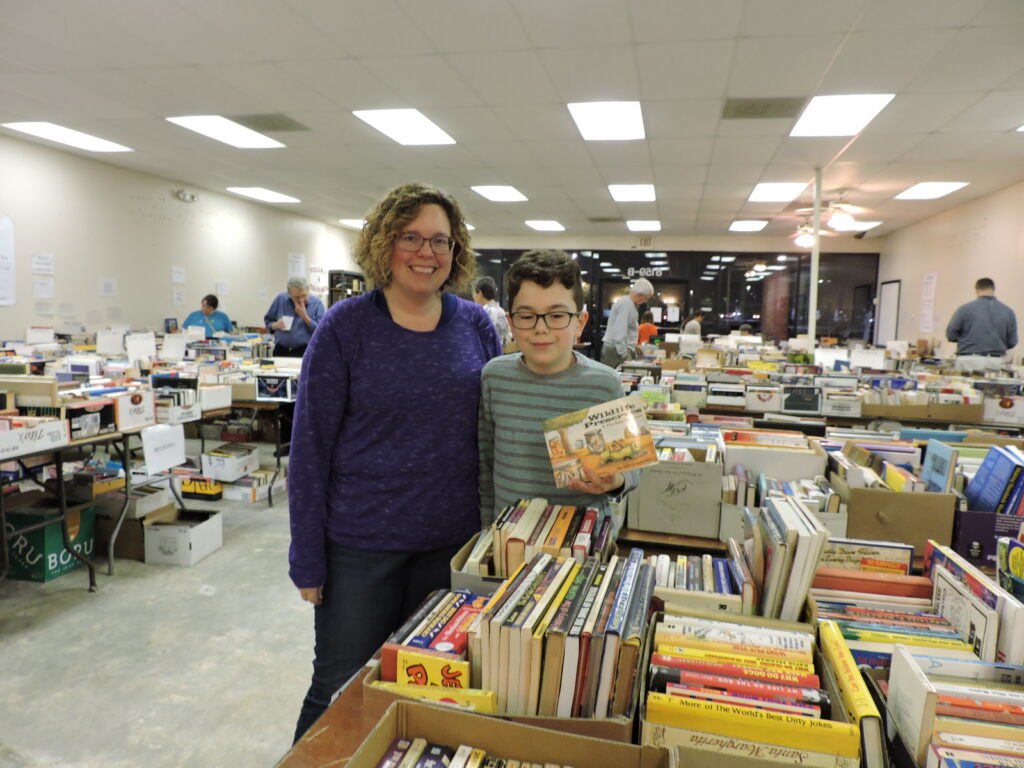

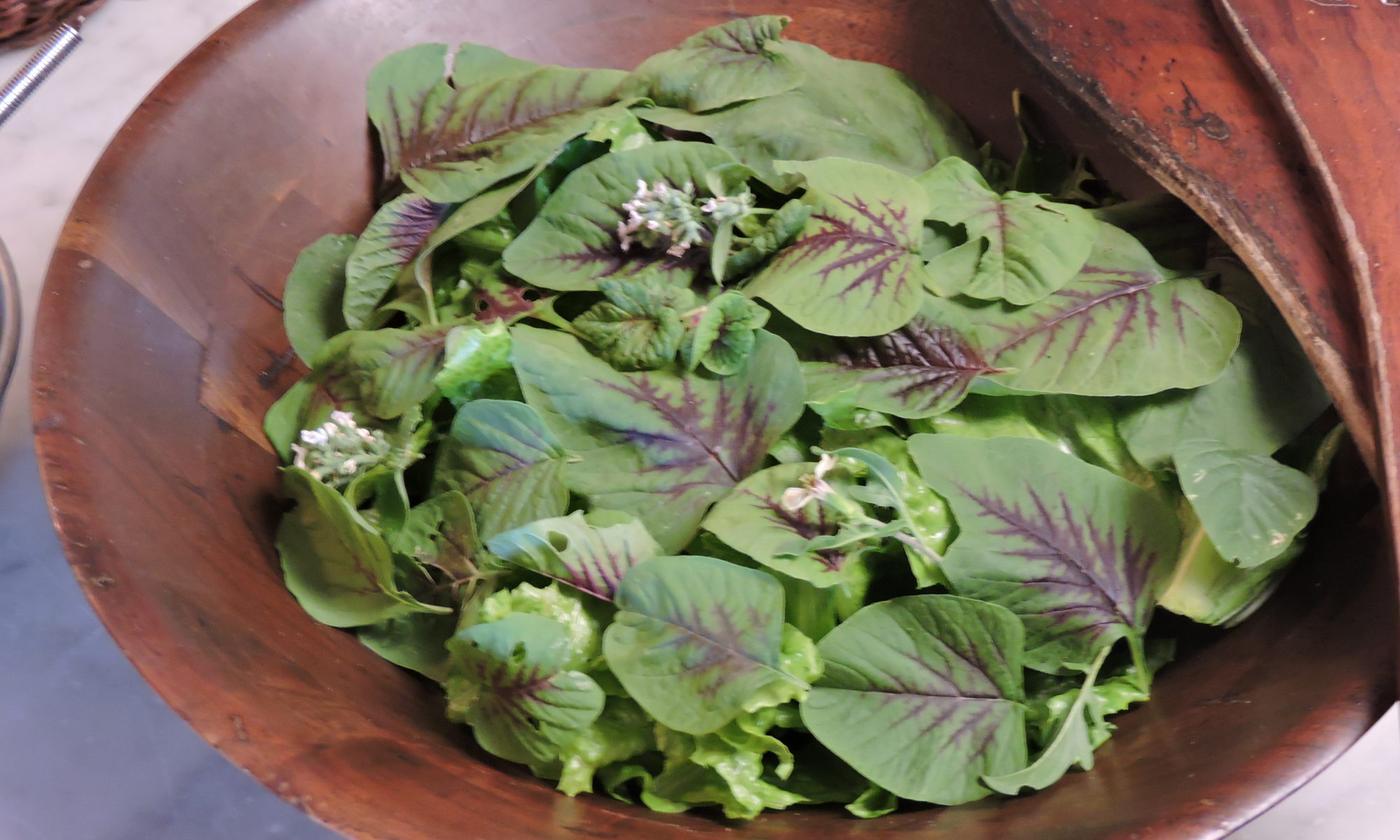
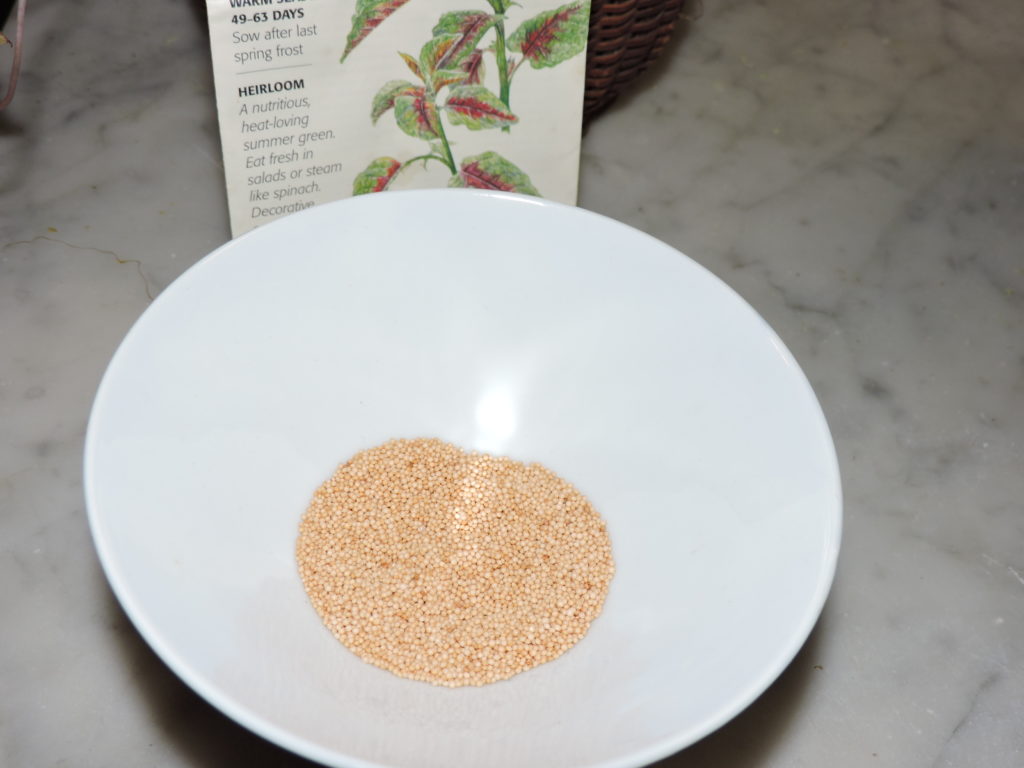
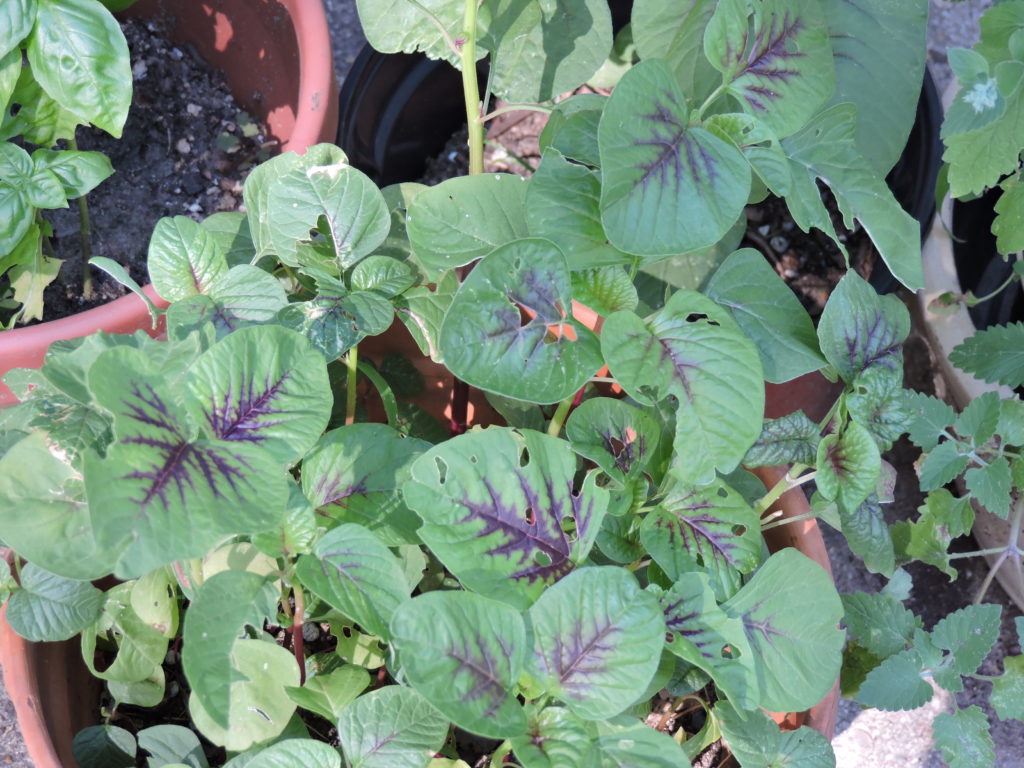
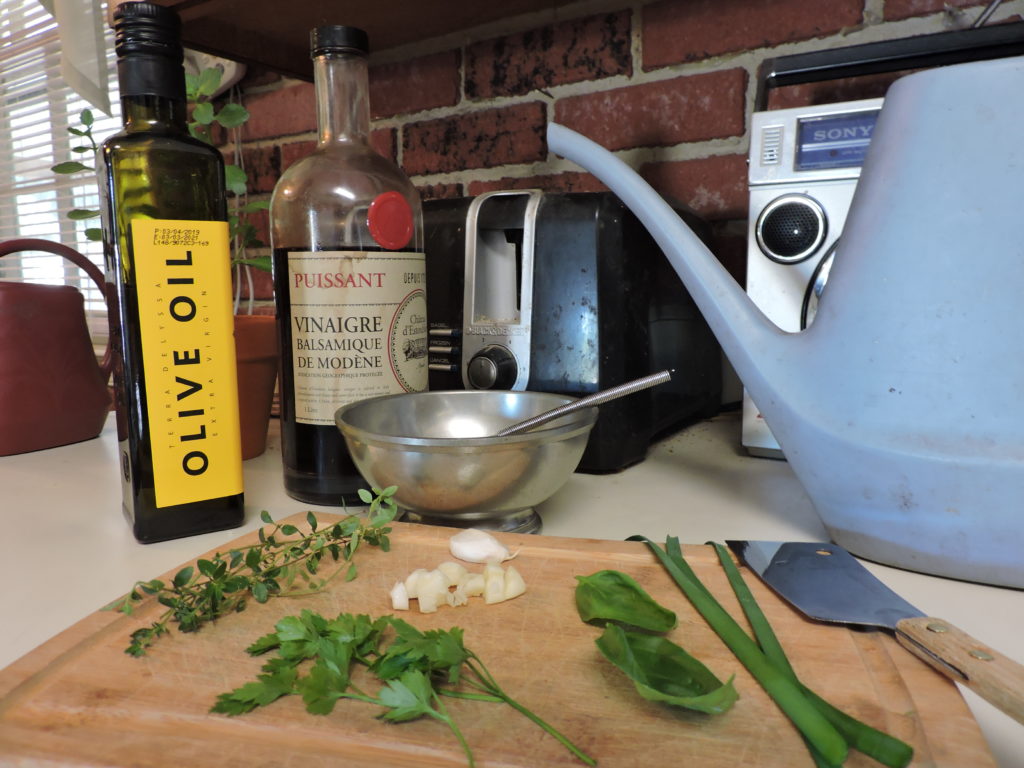
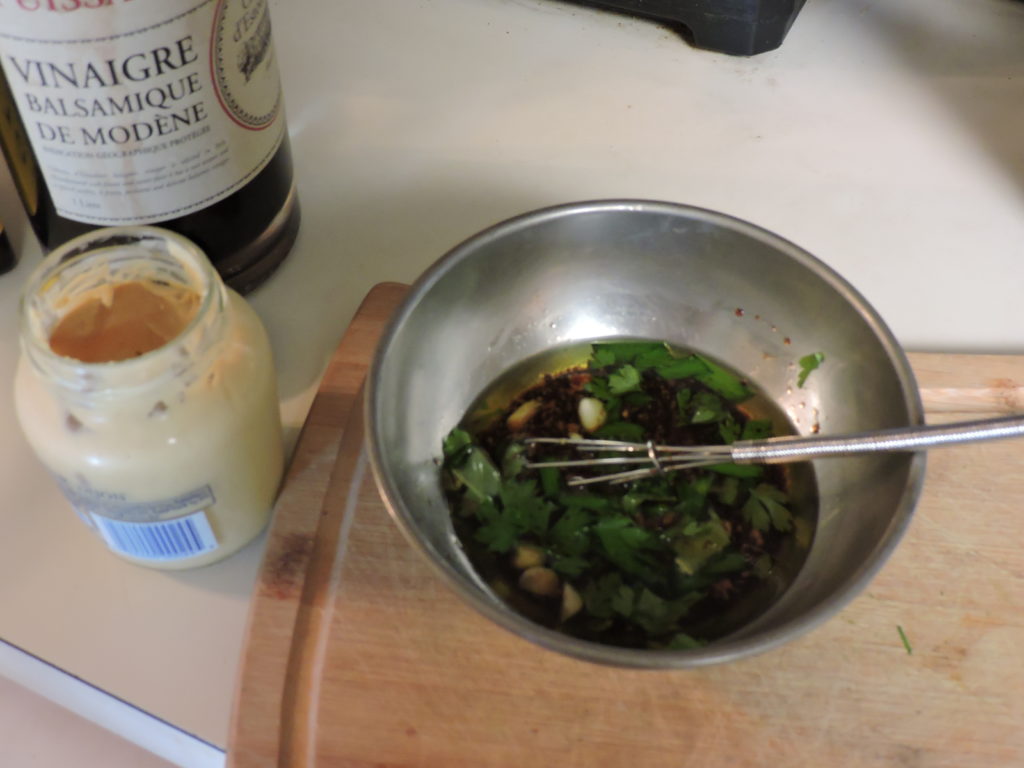
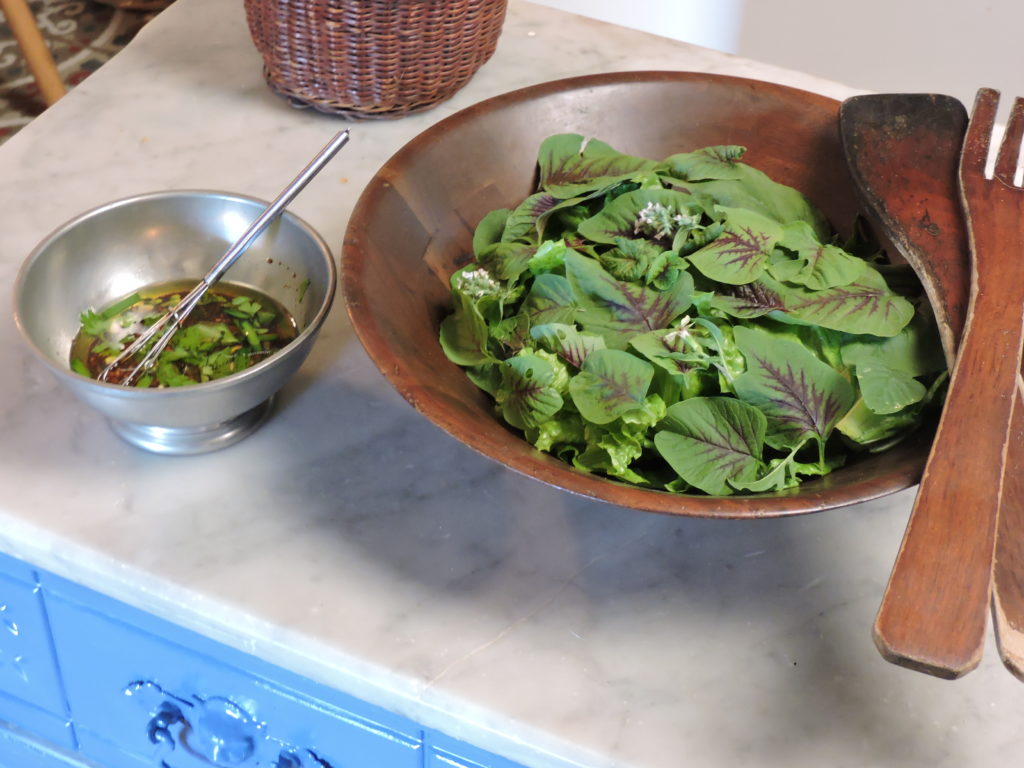
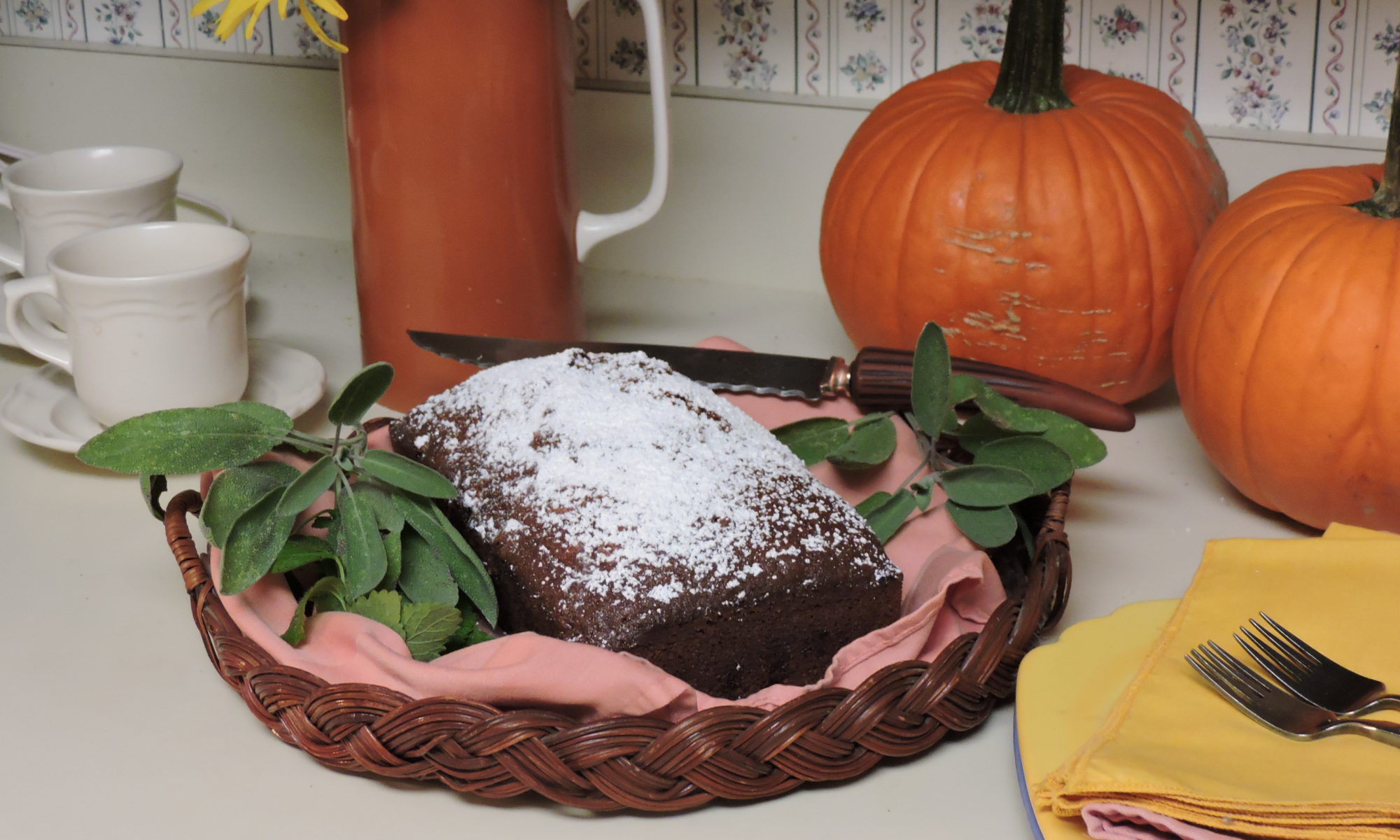

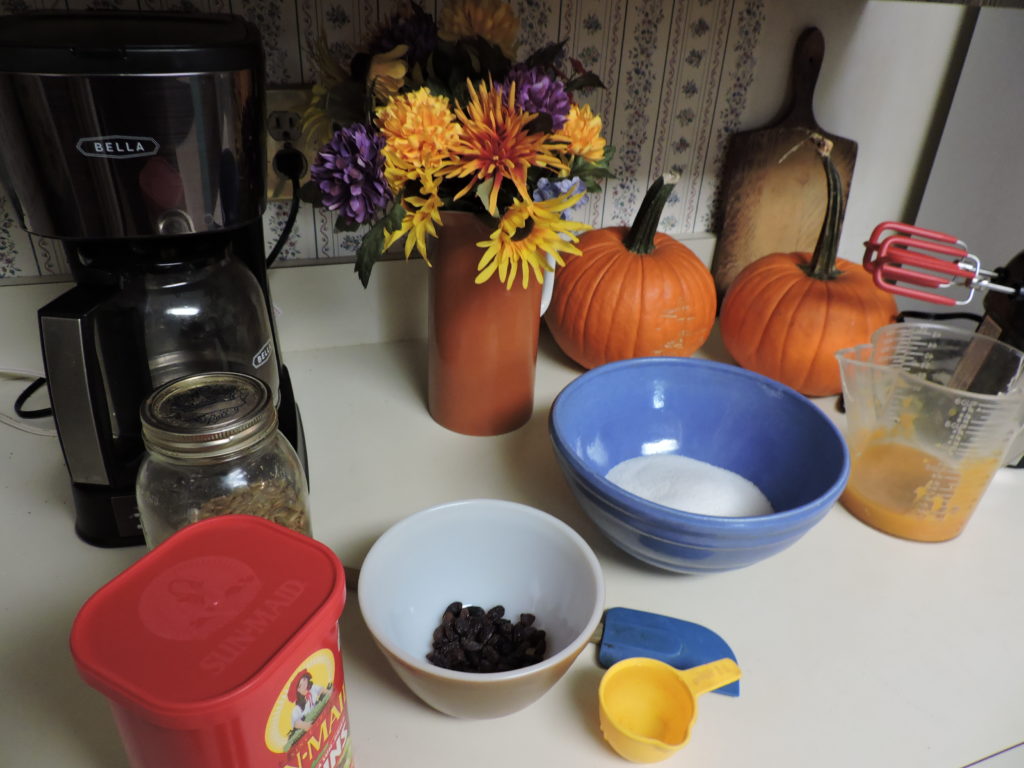
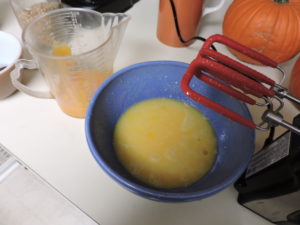
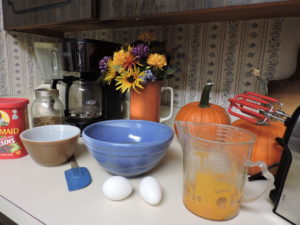
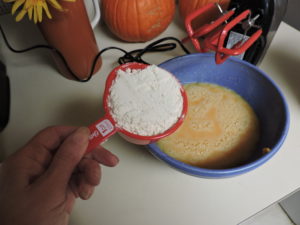
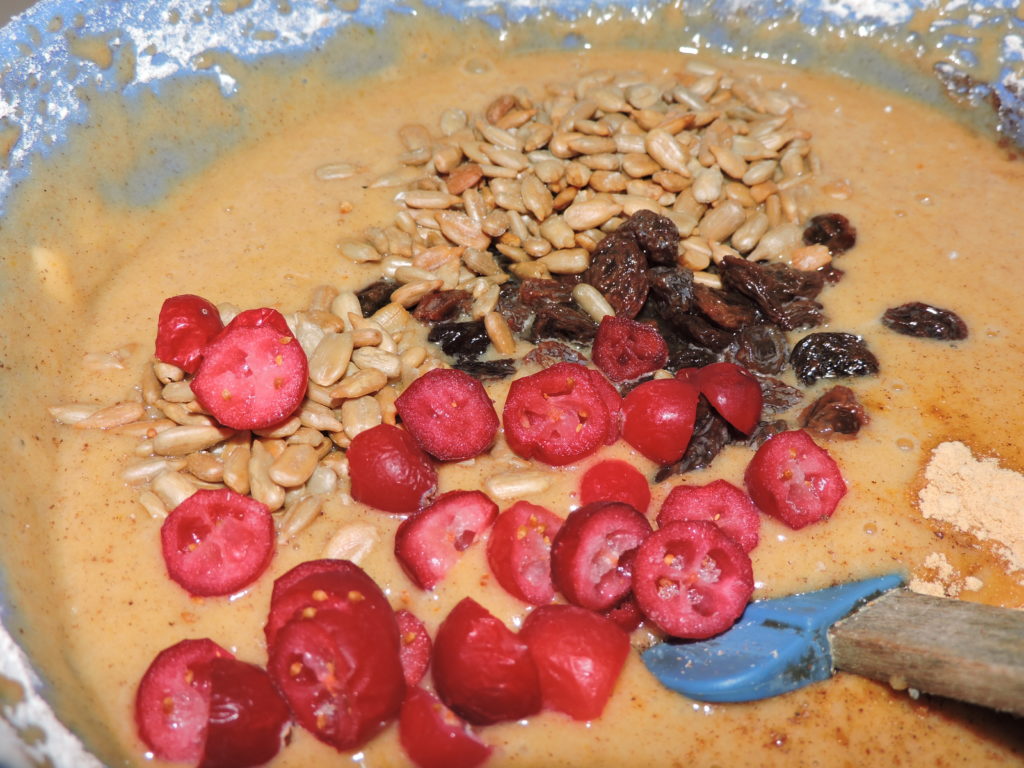

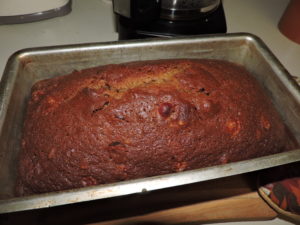
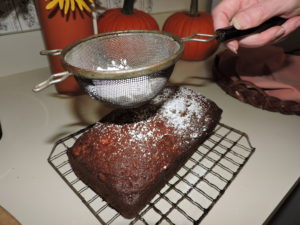
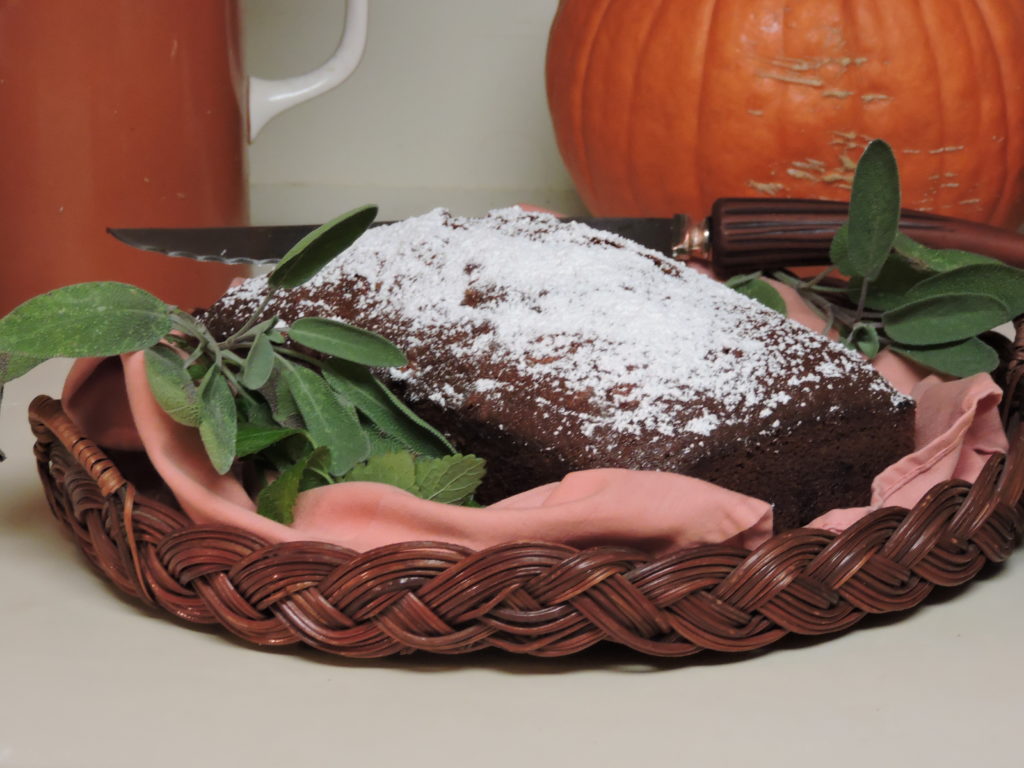 Offer slices to your family and friends with a glass of milk or a cup of coffee or tea. They’ll likely ask for seconds.
Offer slices to your family and friends with a glass of milk or a cup of coffee or tea. They’ll likely ask for seconds.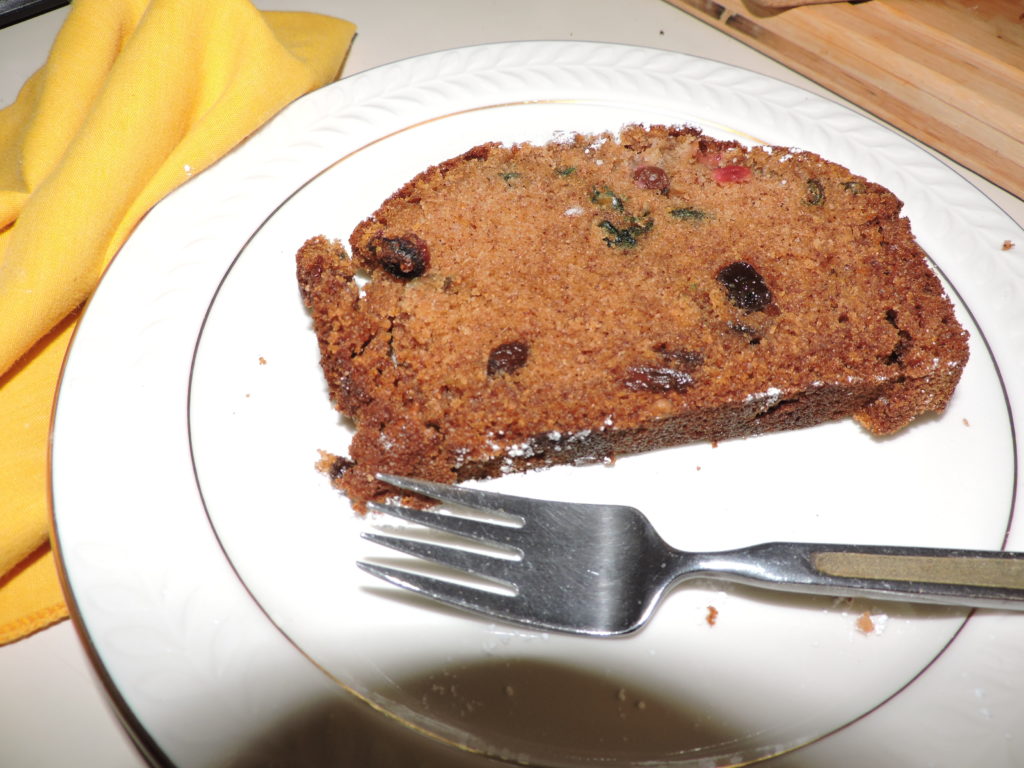
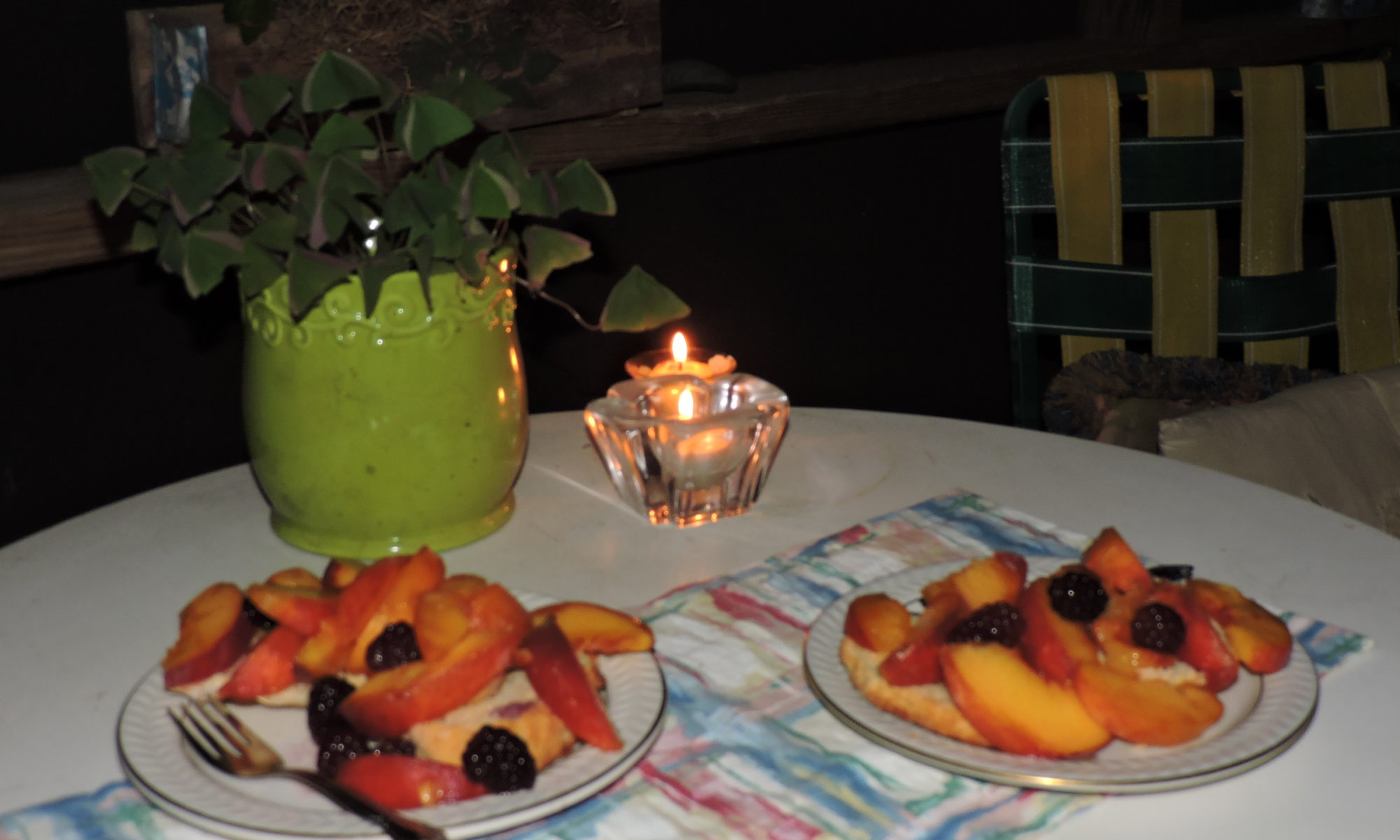
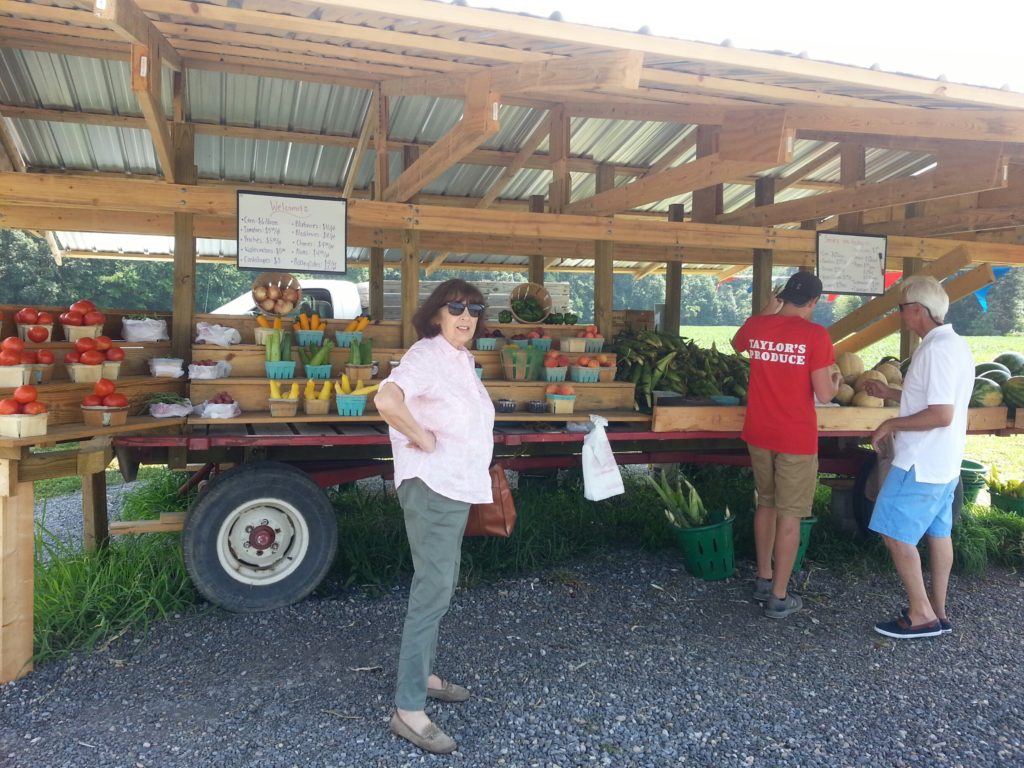
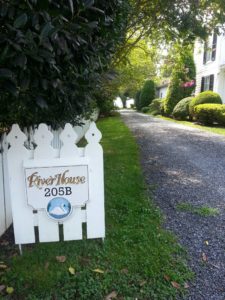




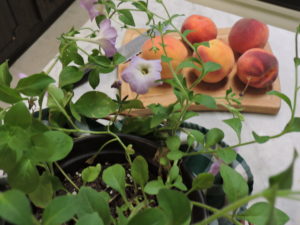
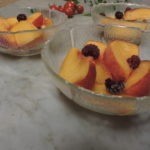 to fancy them up. Unlike my grandmothers who sometimes topped peaches with cream straight from the cow, I offered
to fancy them up. Unlike my grandmothers who sometimes topped peaches with cream straight from the cow, I offered 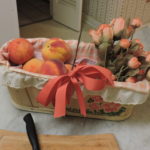 Luckily, I reserved enough peaches for that shortcake I was craving.
Luckily, I reserved enough peaches for that shortcake I was craving. I first prepared the peaches by slicing them into a bowl, sprinkling a tablespoon or two of sugar over the top and placing them into the refrigerator. Then I got to work preparing the shortcake dough . Both grandmothers’ recipes are lost in time but I believe they modeled their shortcakes on biscuit recipes while my mother used
I first prepared the peaches by slicing them into a bowl, sprinkling a tablespoon or two of sugar over the top and placing them into the refrigerator. Then I got to work preparing the shortcake dough . Both grandmothers’ recipes are lost in time but I believe they modeled their shortcakes on biscuit recipes while my mother used 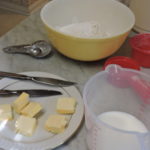
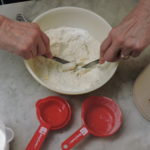
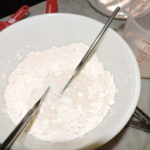
 Use a three inch cutter or glass dusted with flour to make rounds of dough and place on a cookie sheet. (I use my faithful old aluminum one.)
Use a three inch cutter or glass dusted with flour to make rounds of dough and place on a cookie sheet. (I use my faithful old aluminum one.)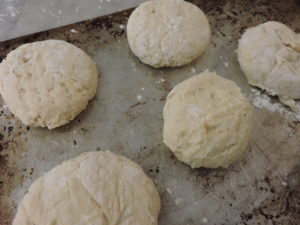
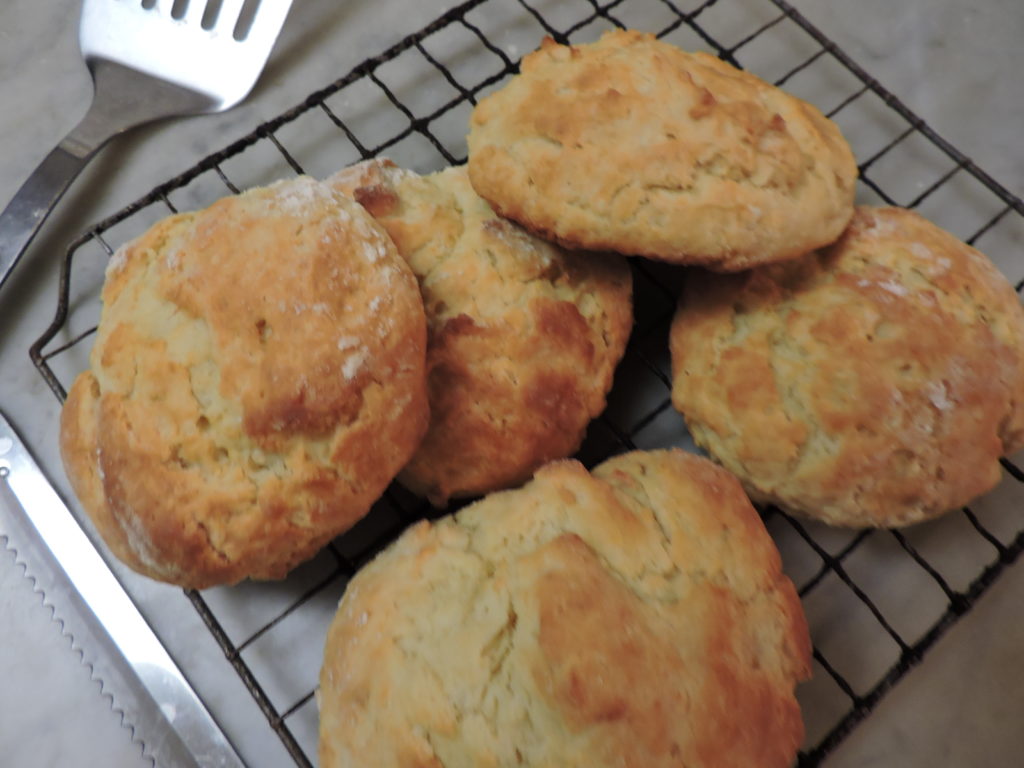
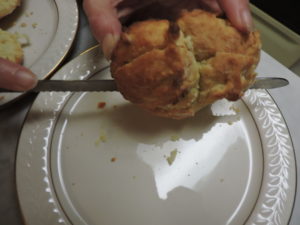
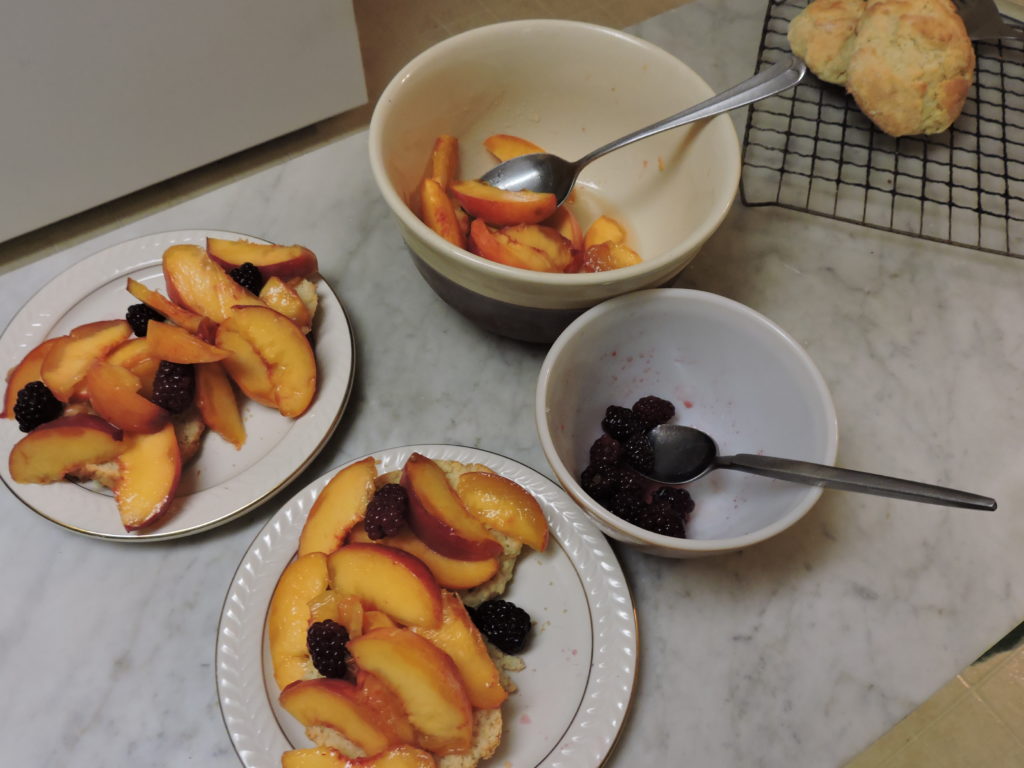


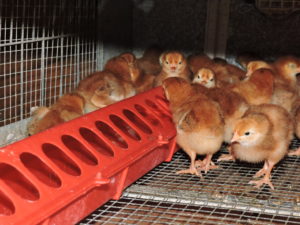
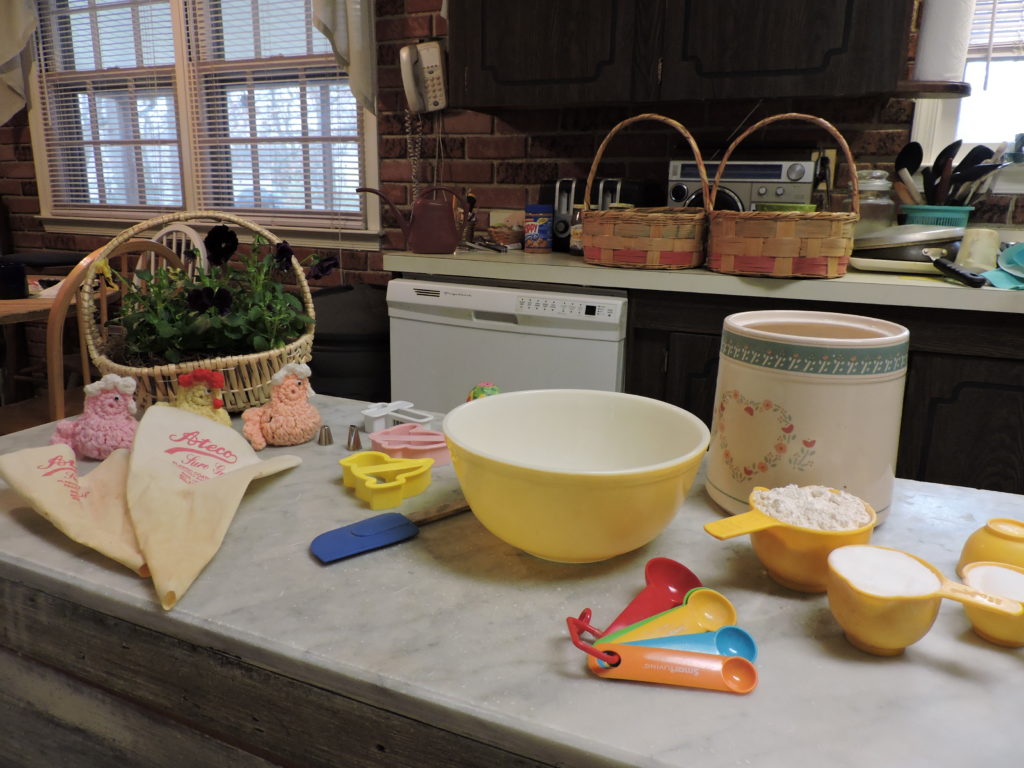

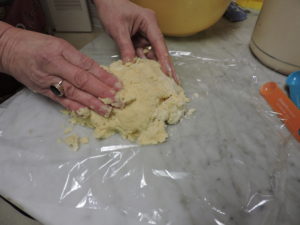
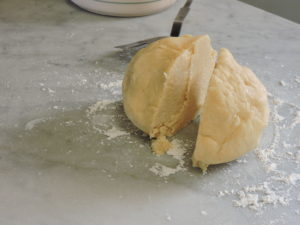 lightly floured surface.
lightly floured surface.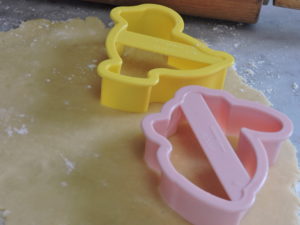
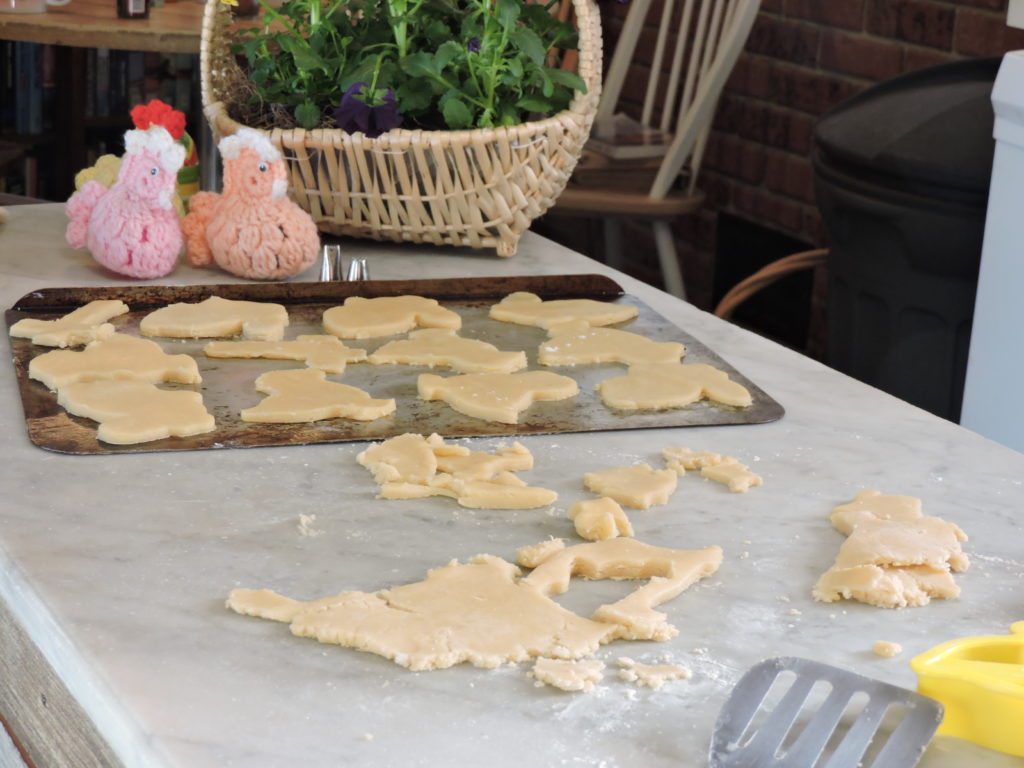 Cool on a rack and prepare icing. Divide into as many bowls as you like and add food coloring.
Cool on a rack and prepare icing. Divide into as many bowls as you like and add food coloring. 
 The cookies are delicious plain but it’s more fun to decorate them. You can
The cookies are delicious plain but it’s more fun to decorate them. You can 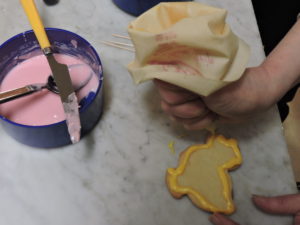 spread icing over the entire cookie or you can outline them.
spread icing over the entire cookie or you can outline them.
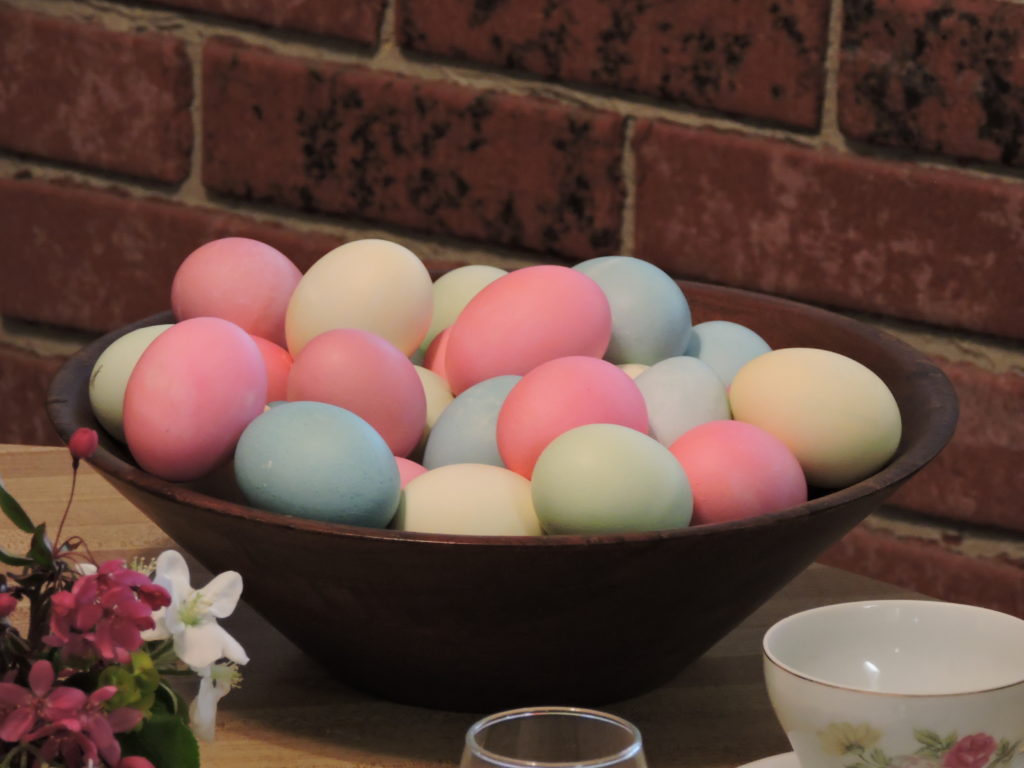
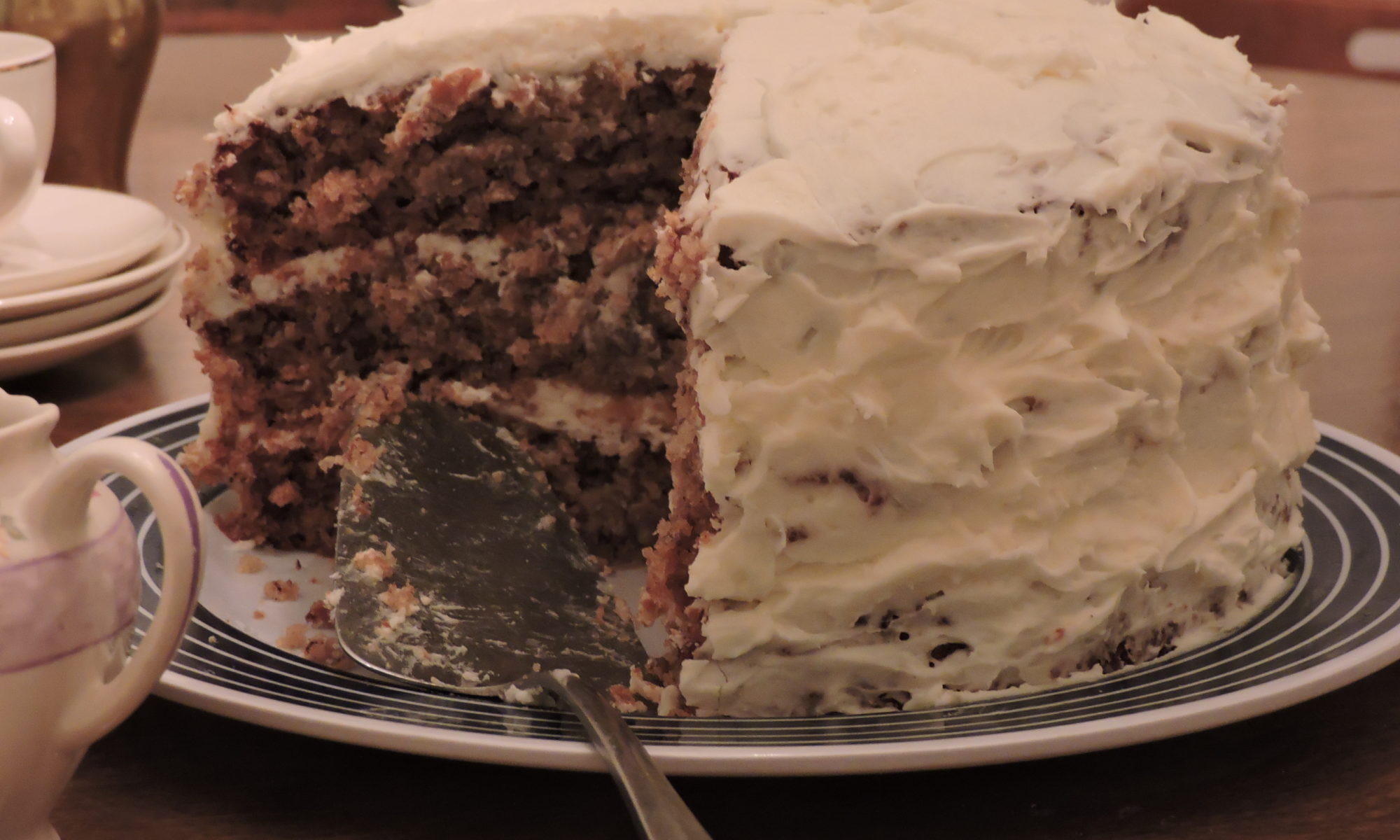


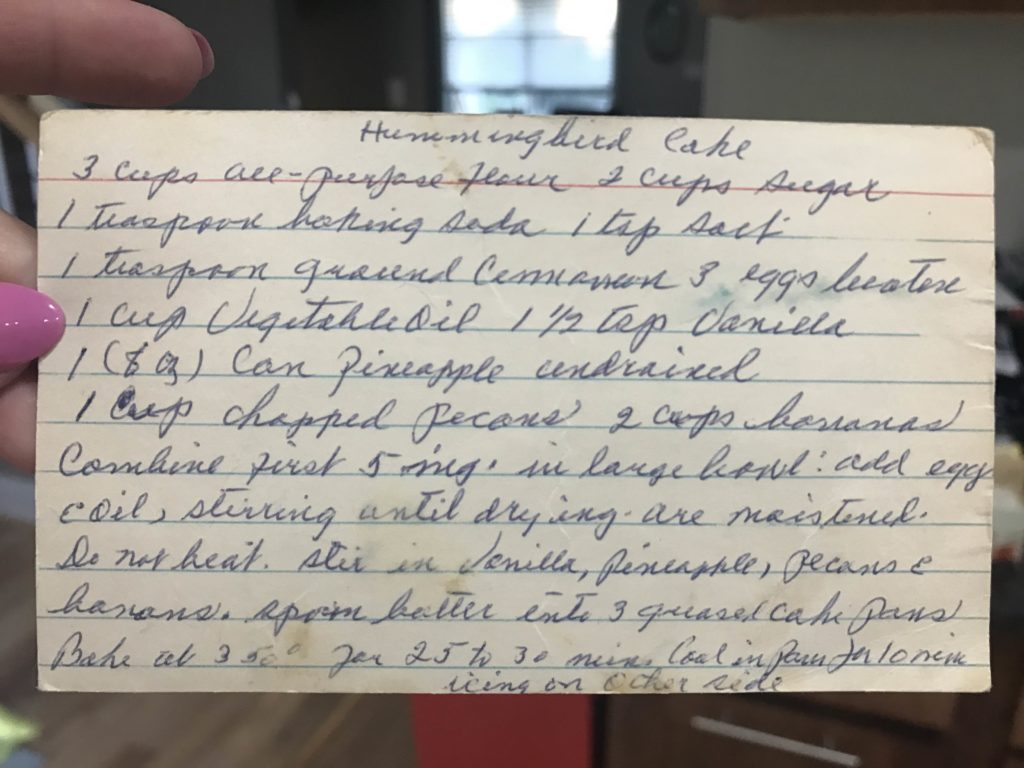
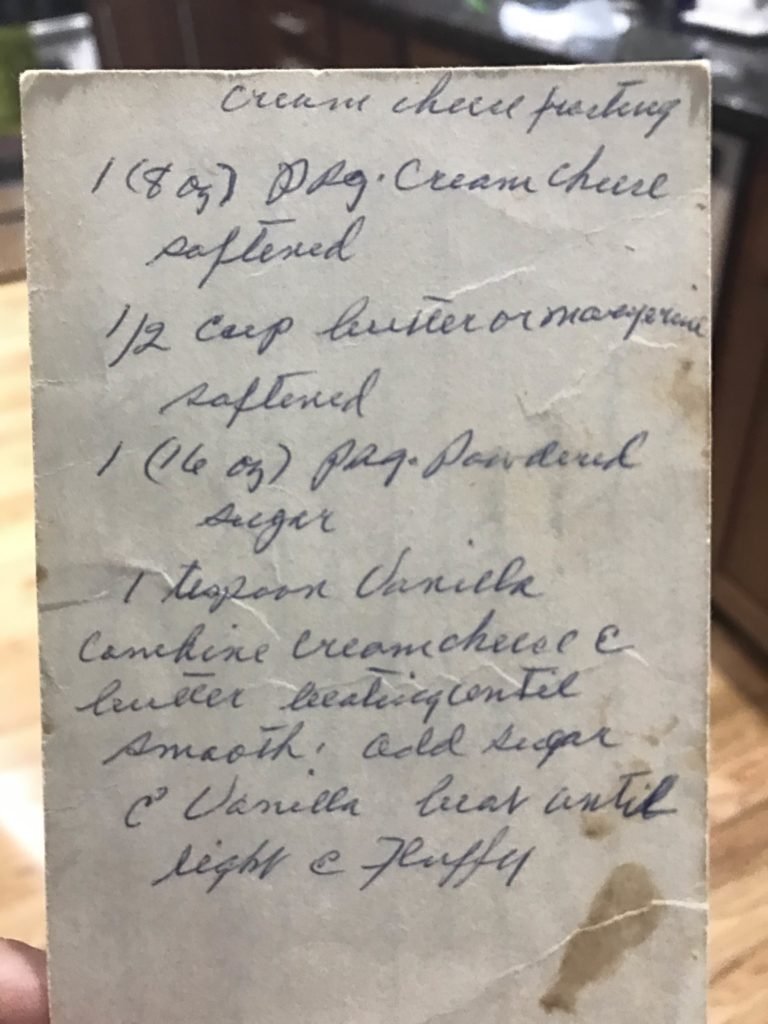

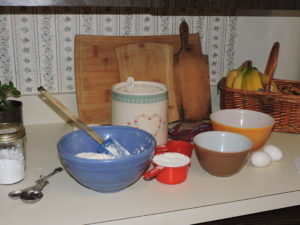
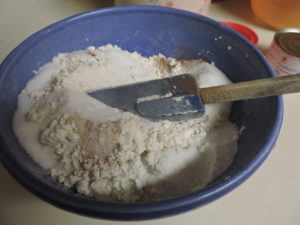
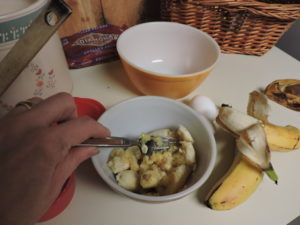
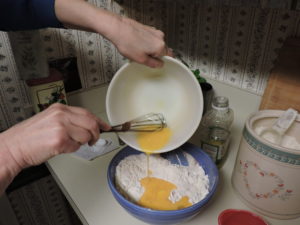
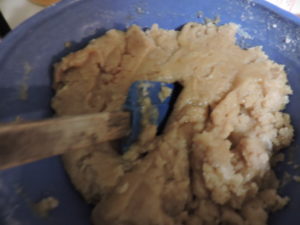

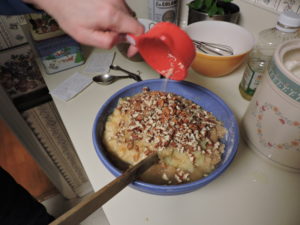
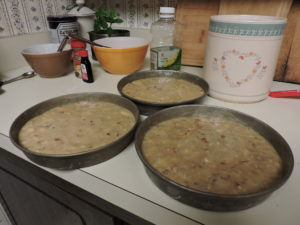
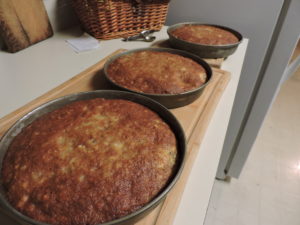
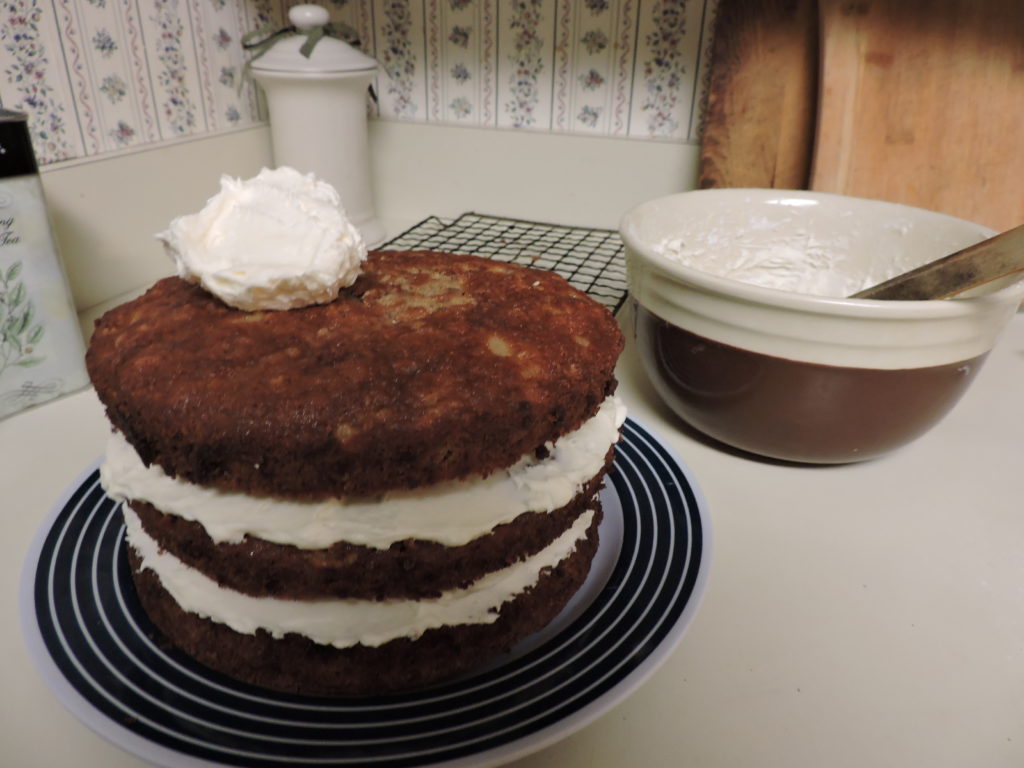 Then it was time to assemble and frost the layers. For the icing, I creamed together 1/2 cup of butter and 8 ounces of cream cheese, added one 16-ounce package of powdered sugar and 1 teaspoon of vanilla and beat till light and fluffy. I iced the first layer, set the second atop it, applied more icing and topped it with the final layer.
Then it was time to assemble and frost the layers. For the icing, I creamed together 1/2 cup of butter and 8 ounces of cream cheese, added one 16-ounce package of powdered sugar and 1 teaspoon of vanilla and beat till light and fluffy. I iced the first layer, set the second atop it, applied more icing and topped it with the final layer.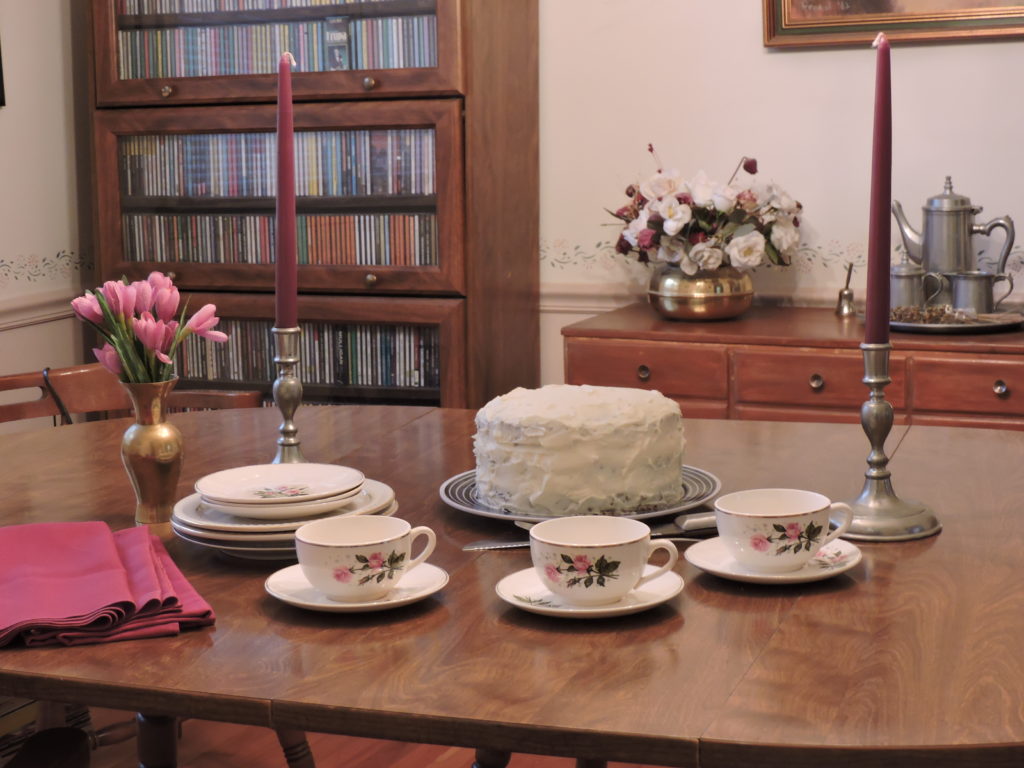
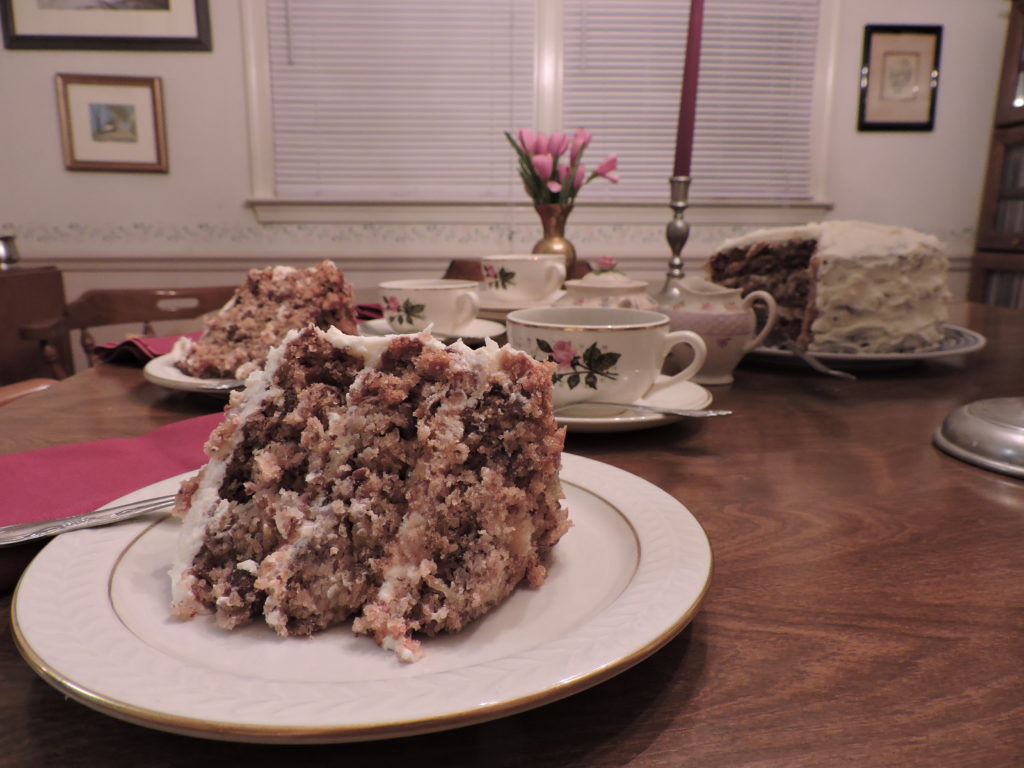
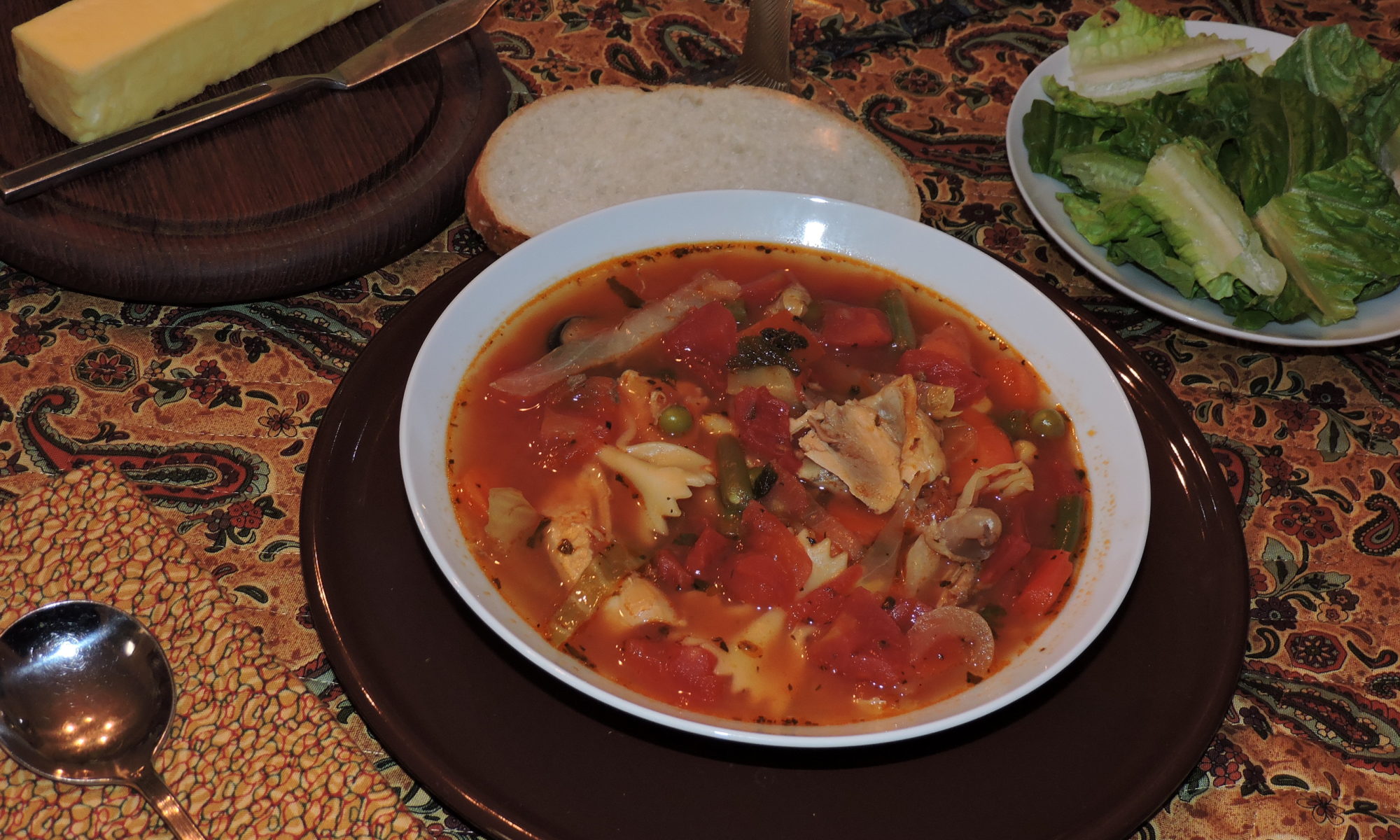
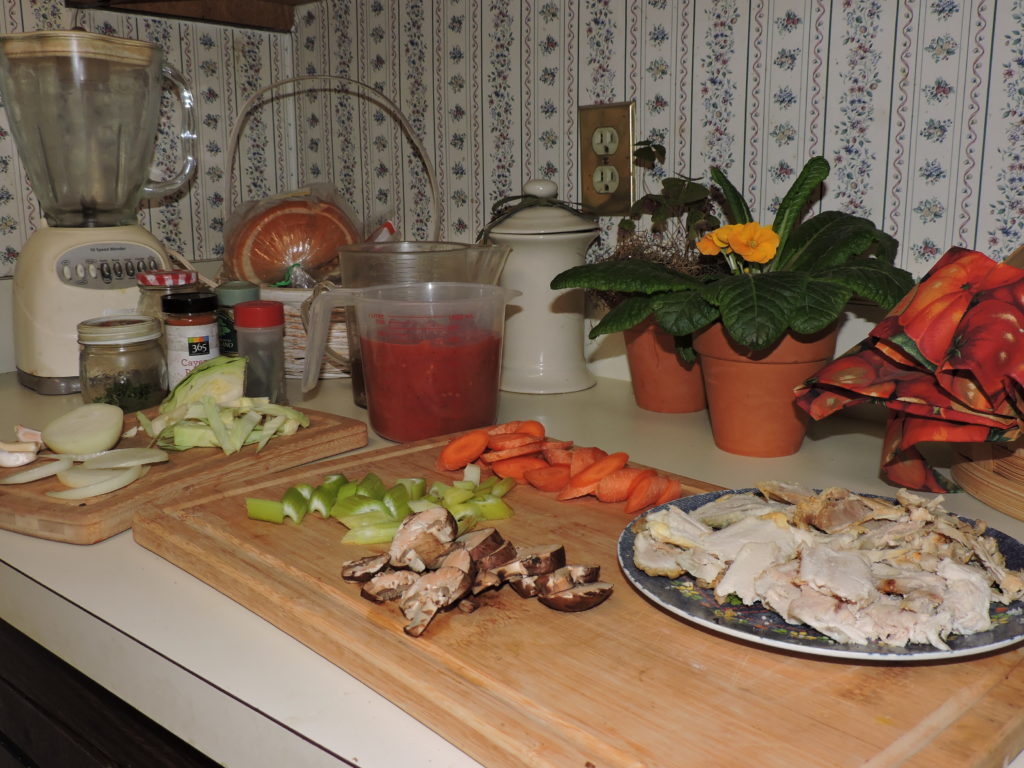
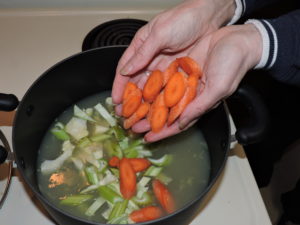
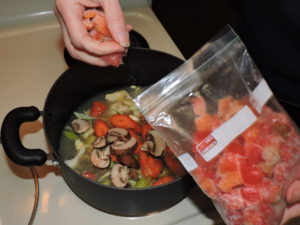
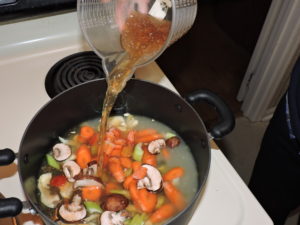
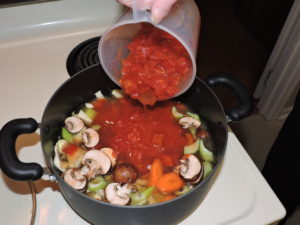 Then come the seasonings. If using dried herbs crumble them into the soup. Add a pinch or two of cayenne, a potent germ killer, and salt to taste.
Then come the seasonings. If using dried herbs crumble them into the soup. Add a pinch or two of cayenne, a potent germ killer, and salt to taste.